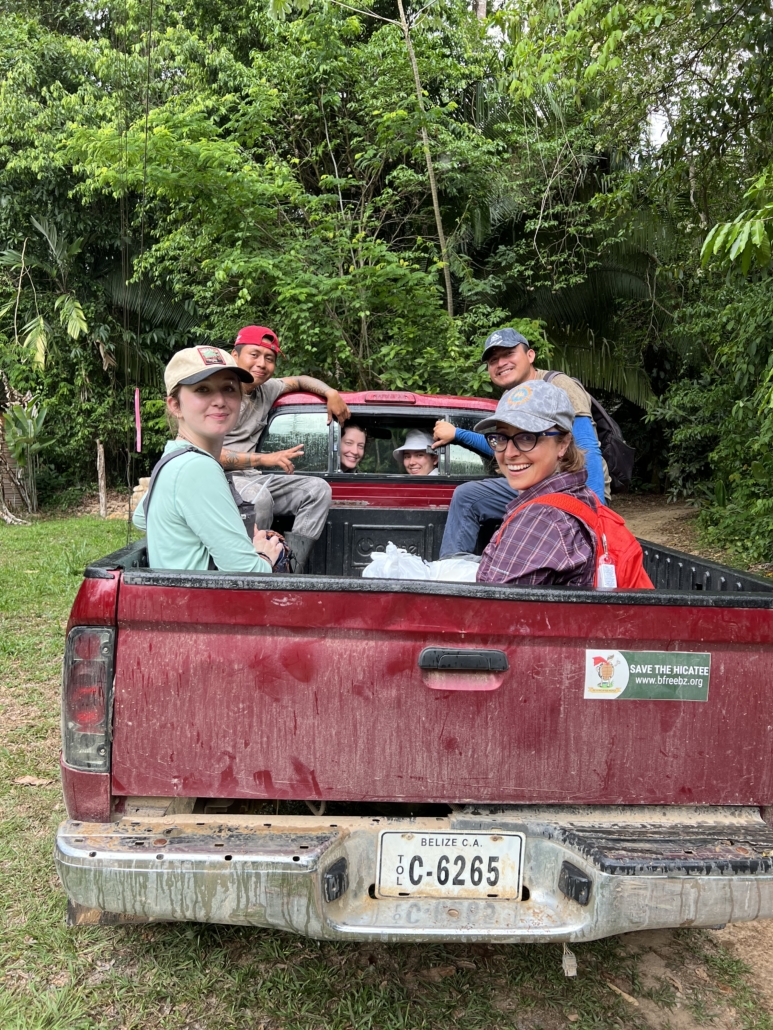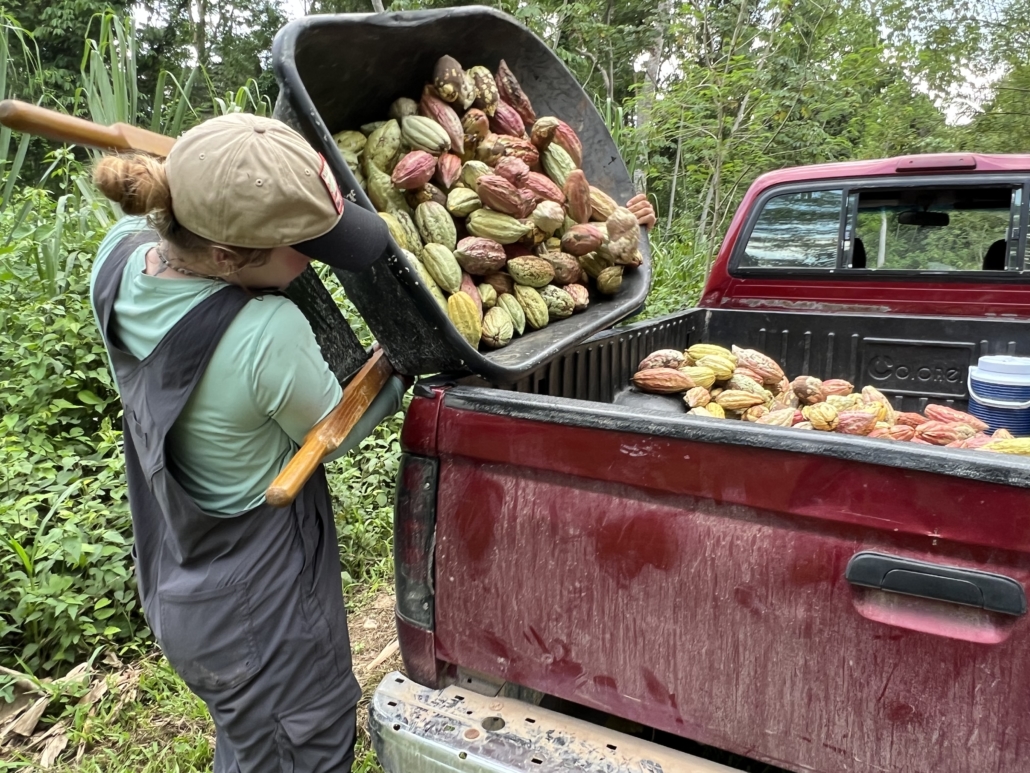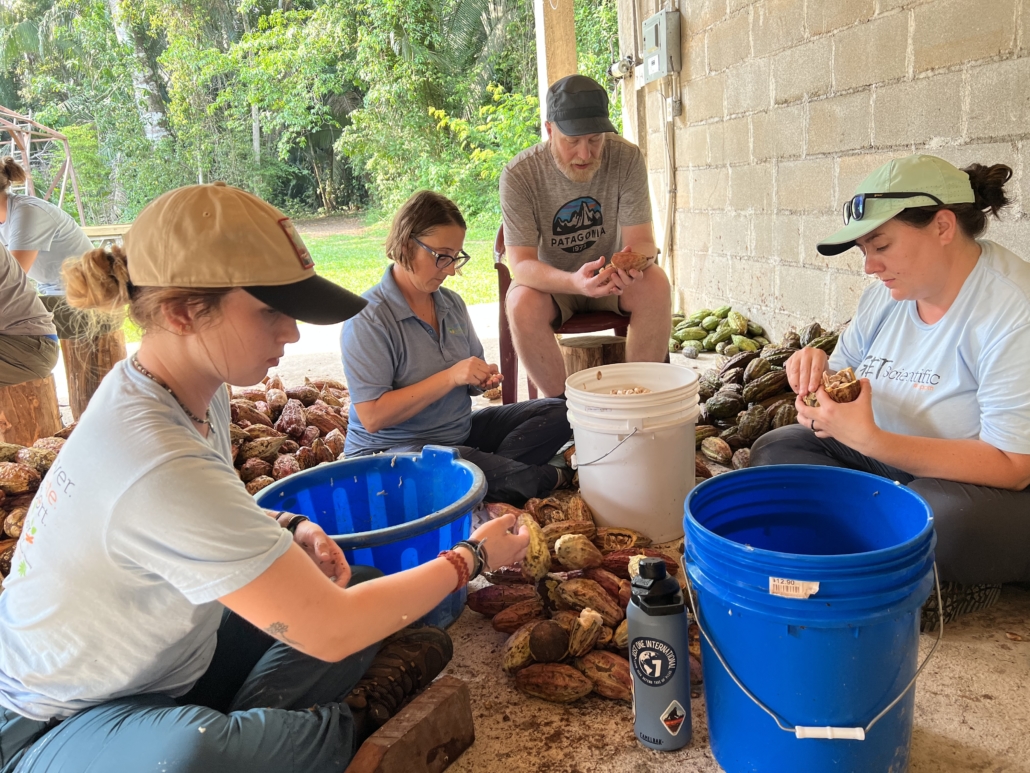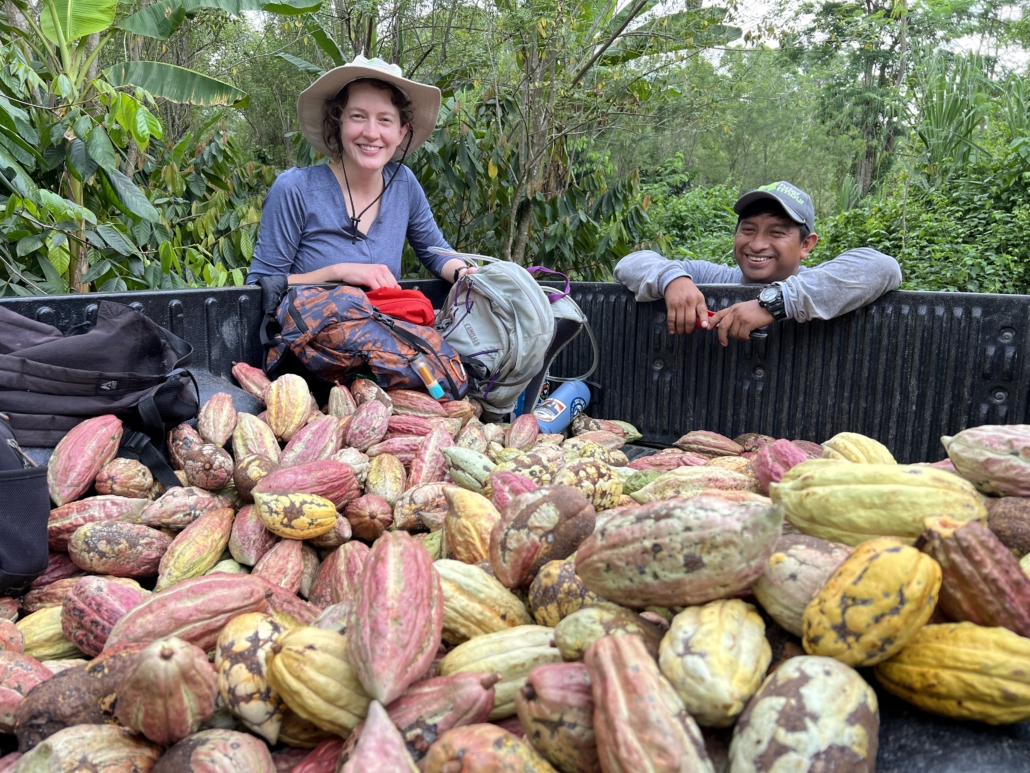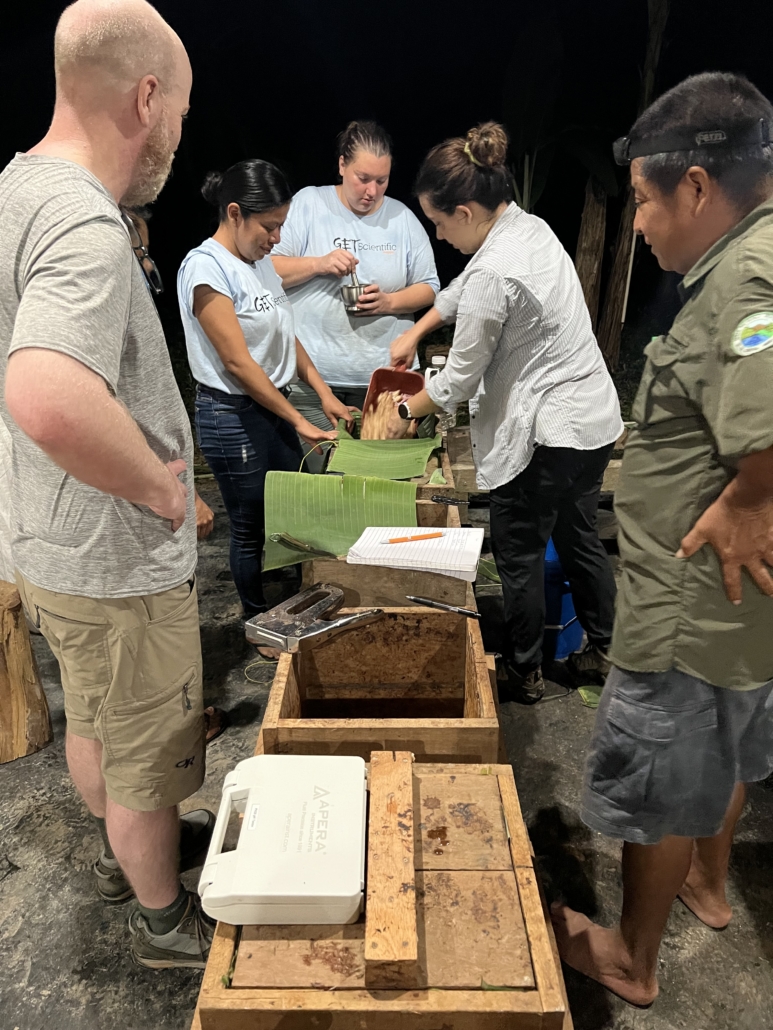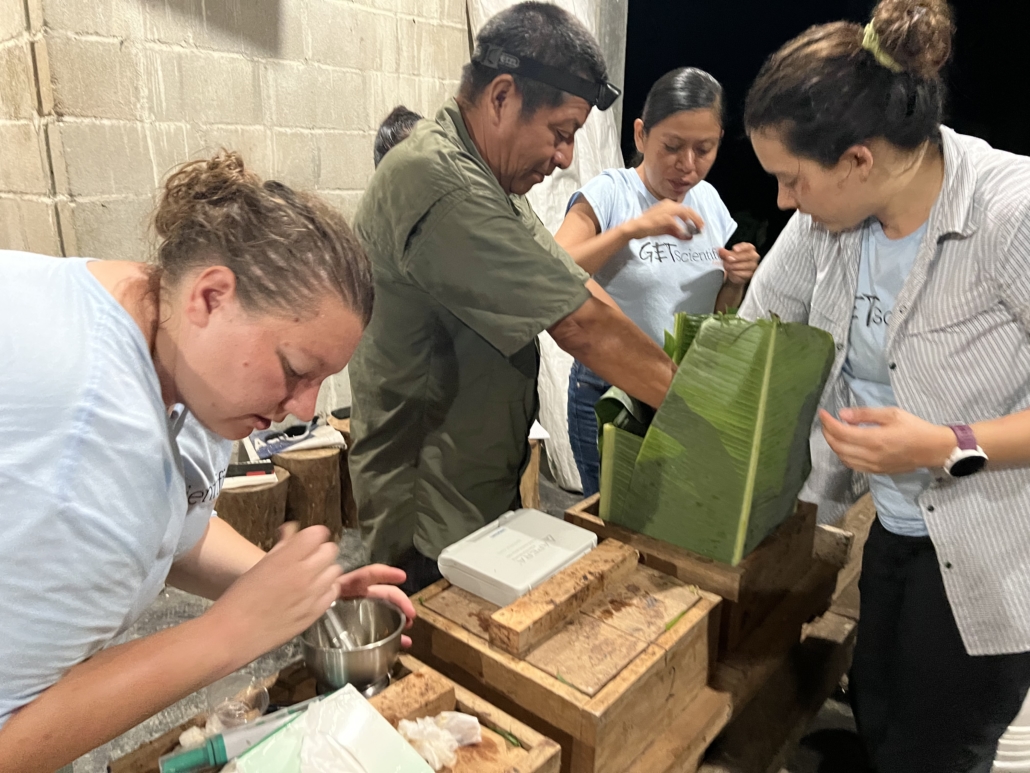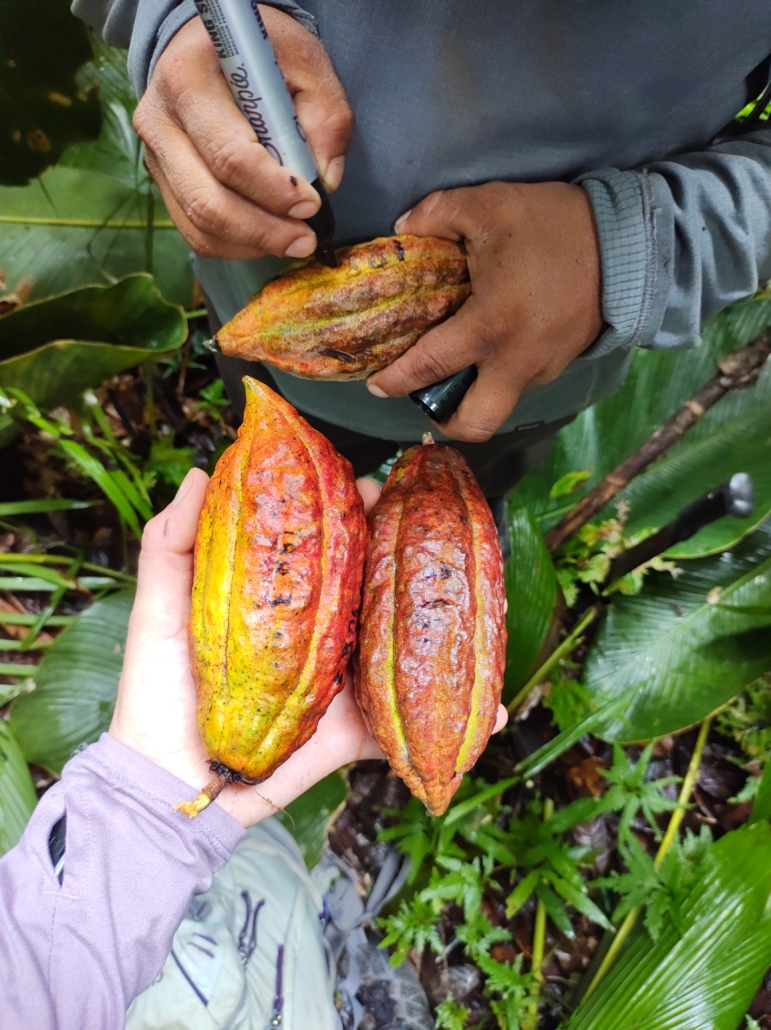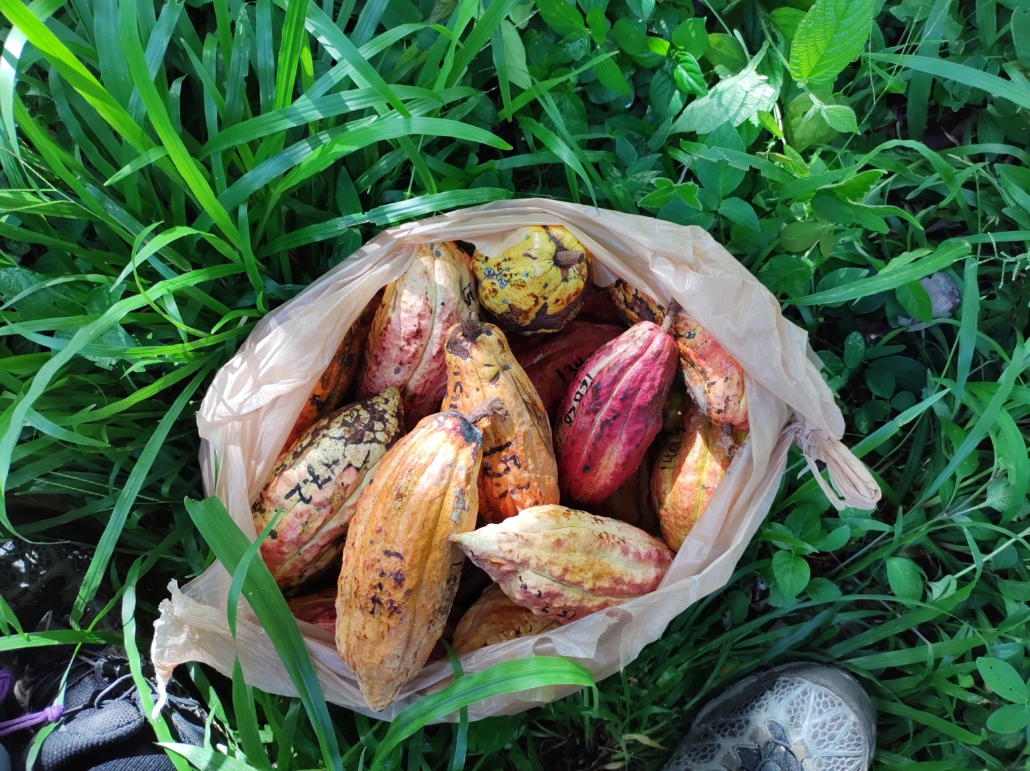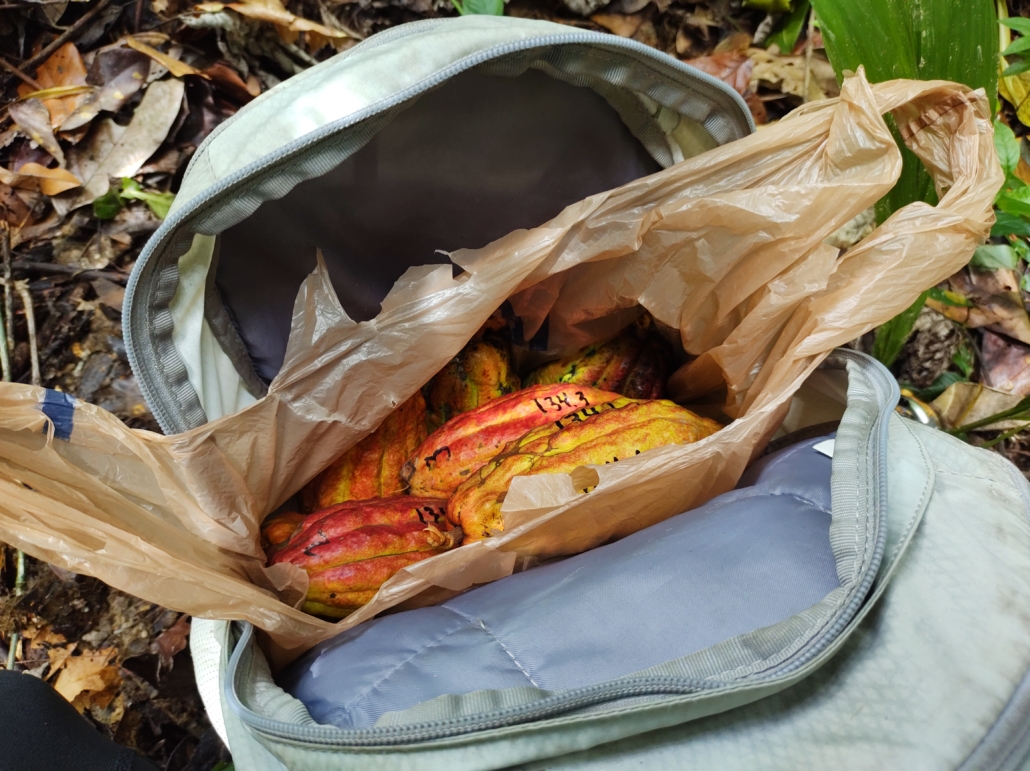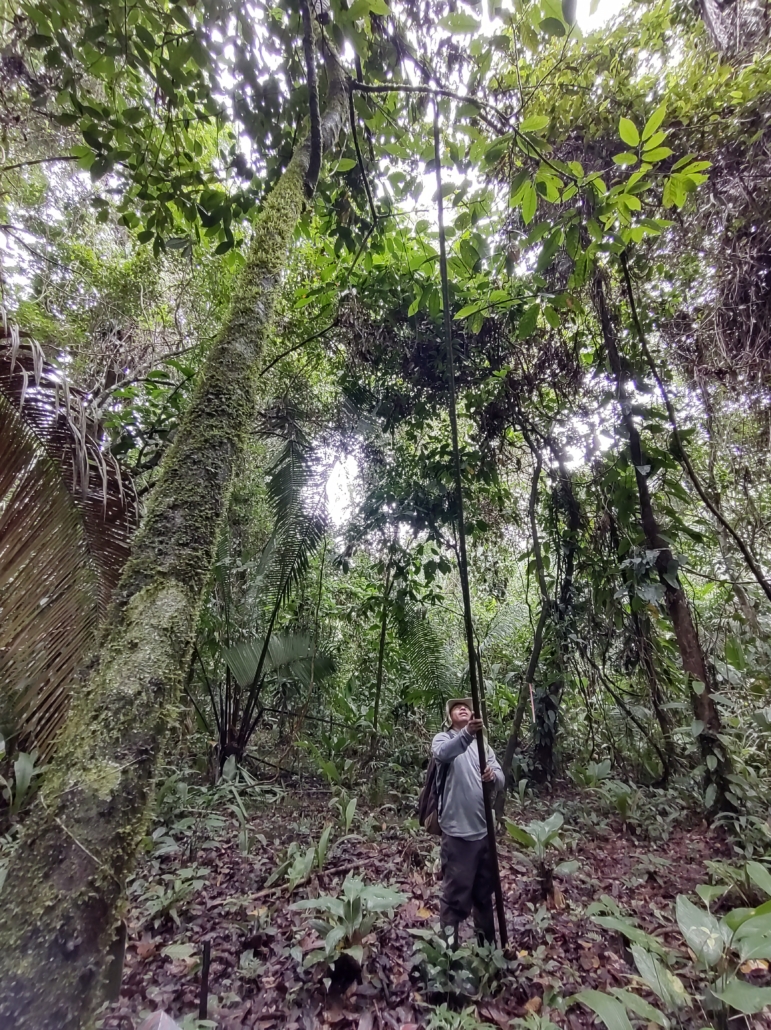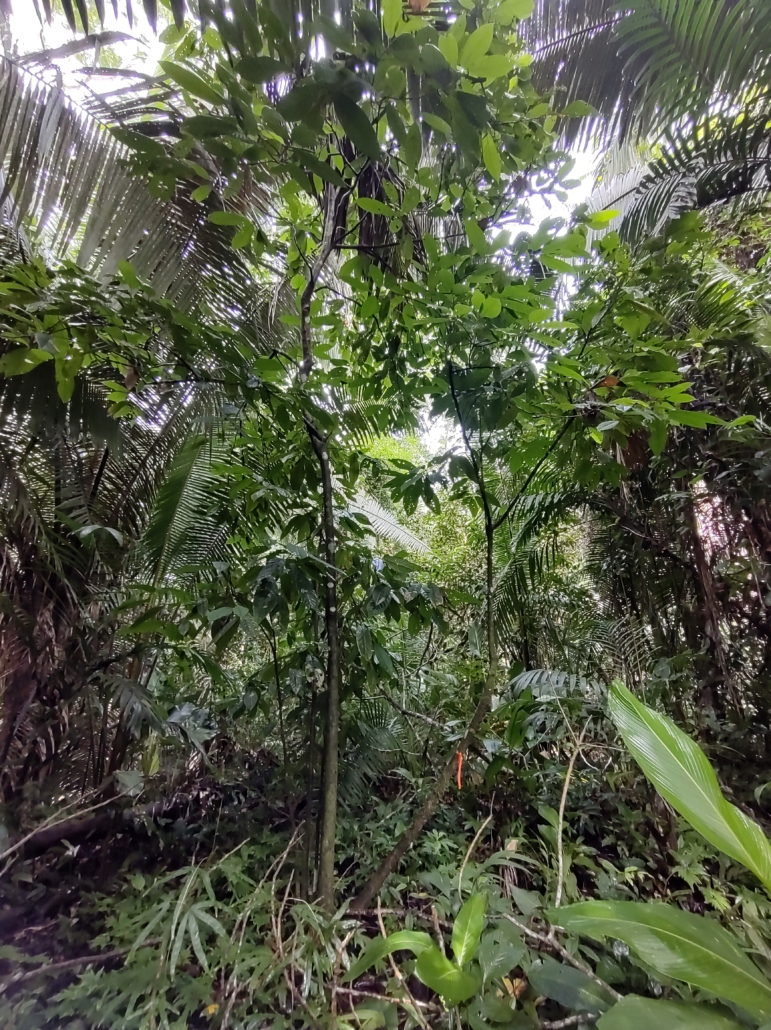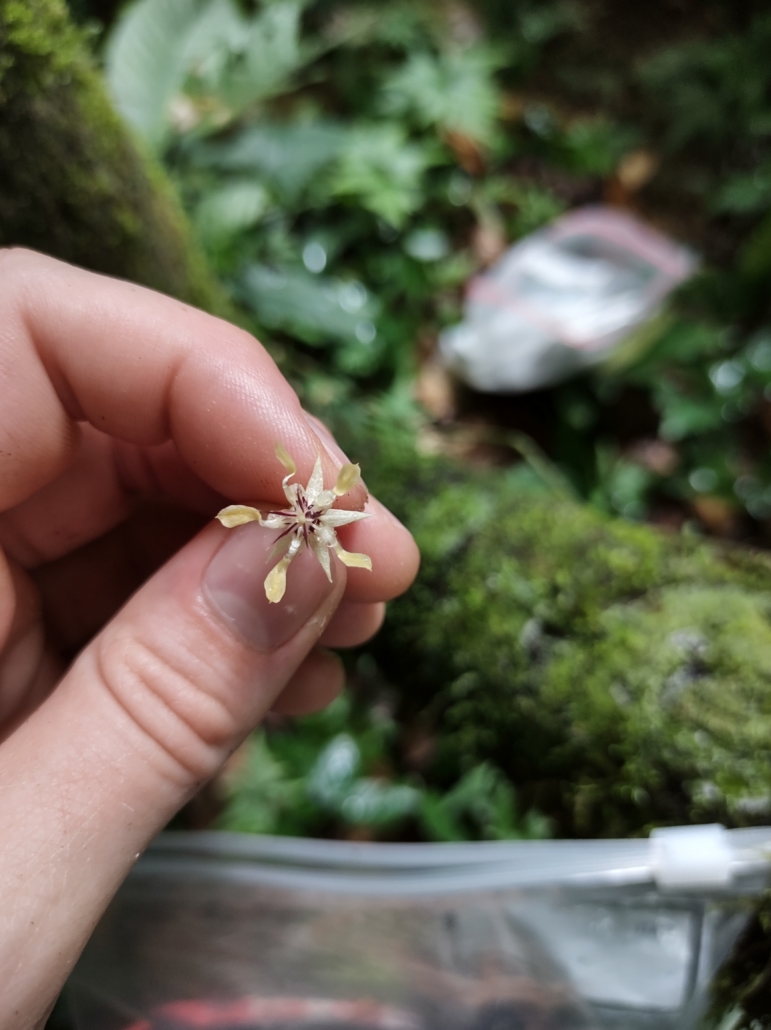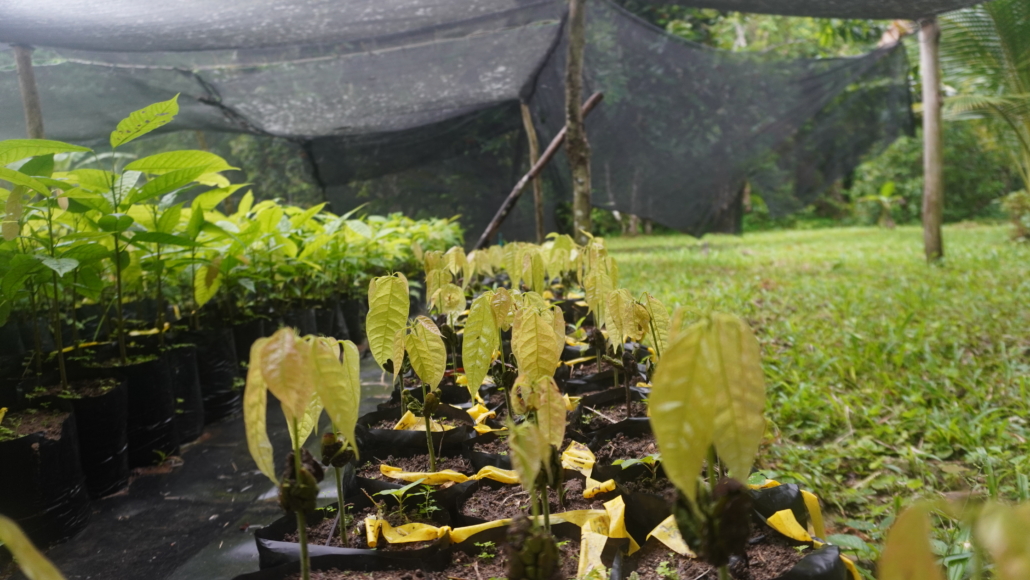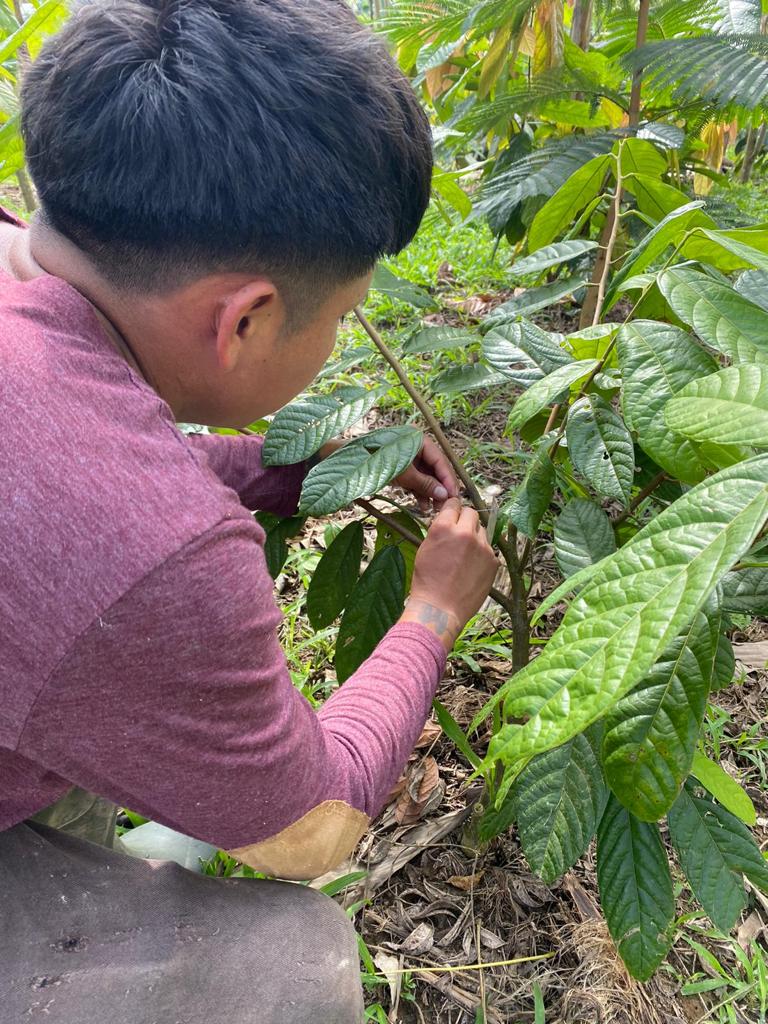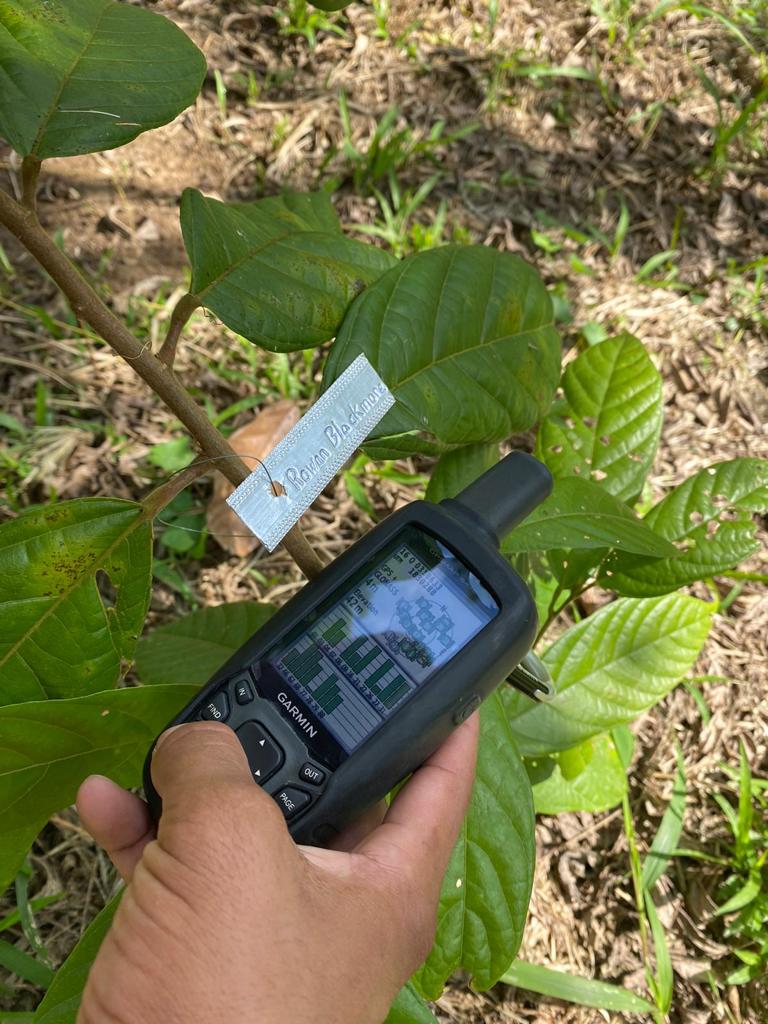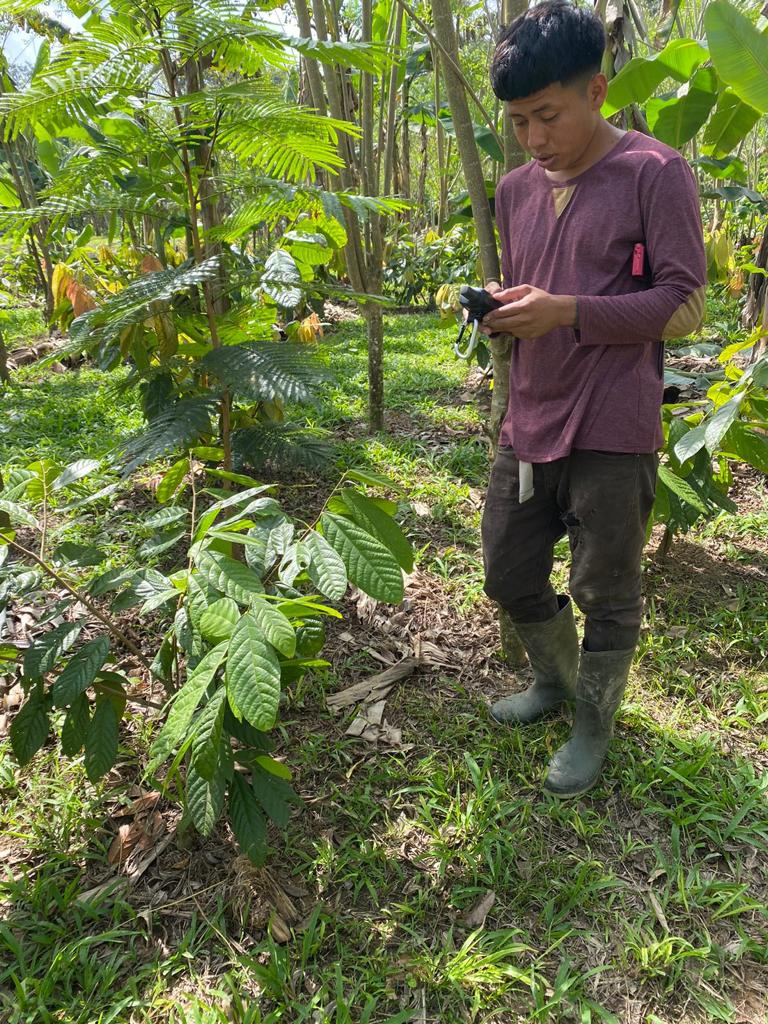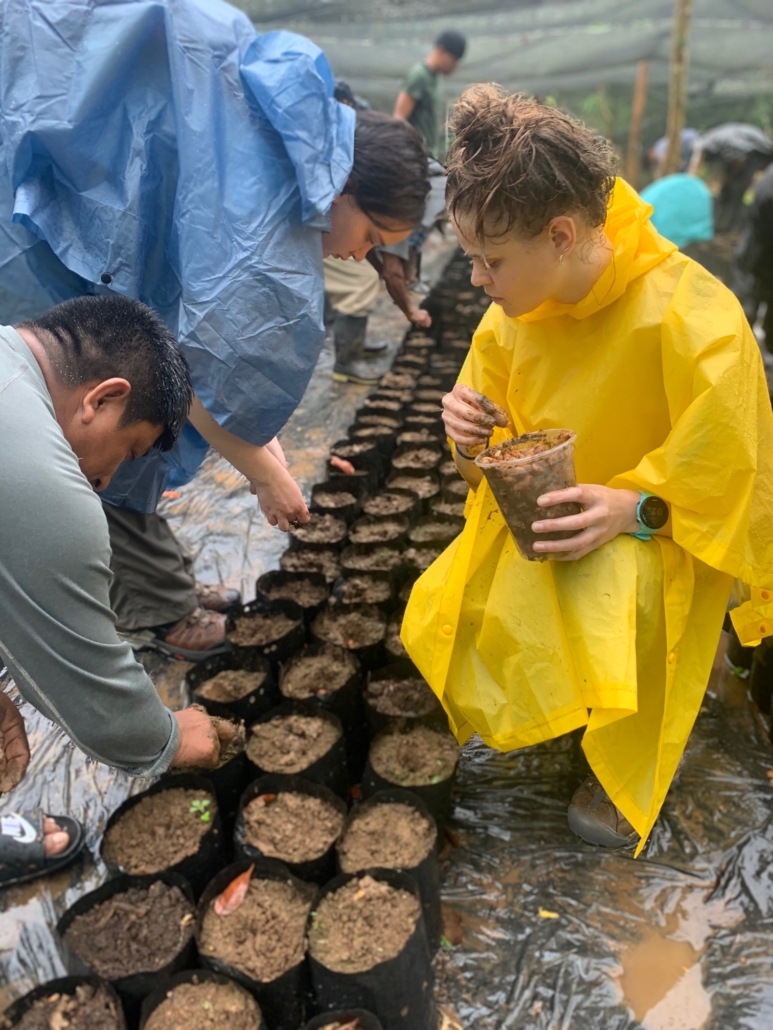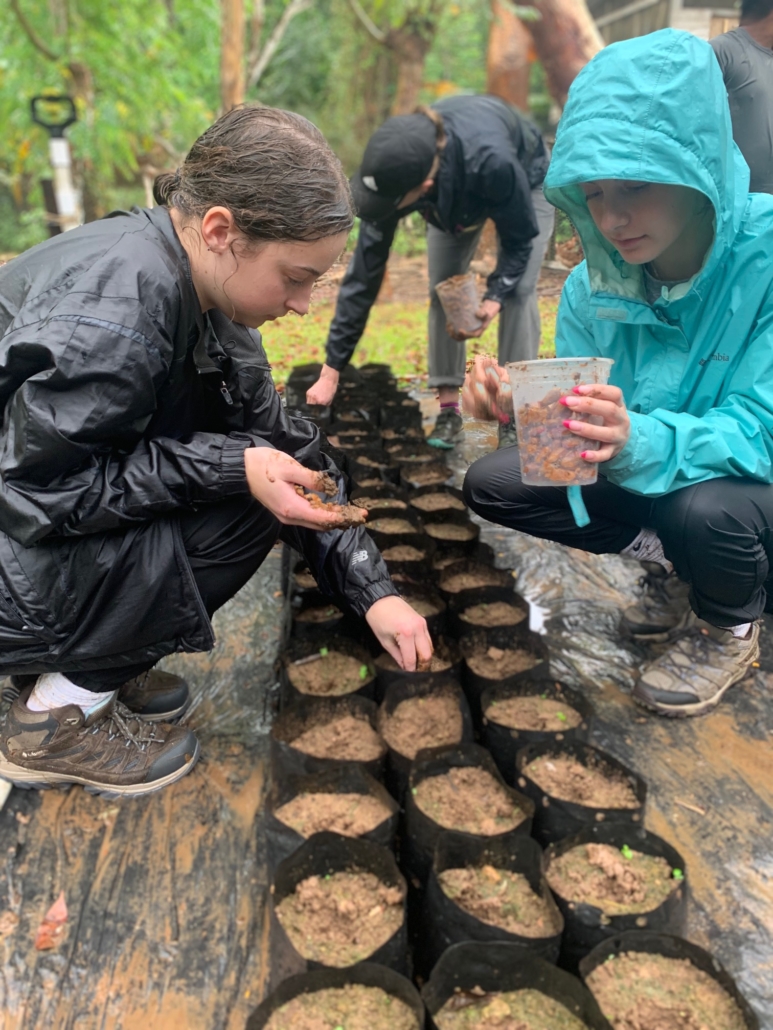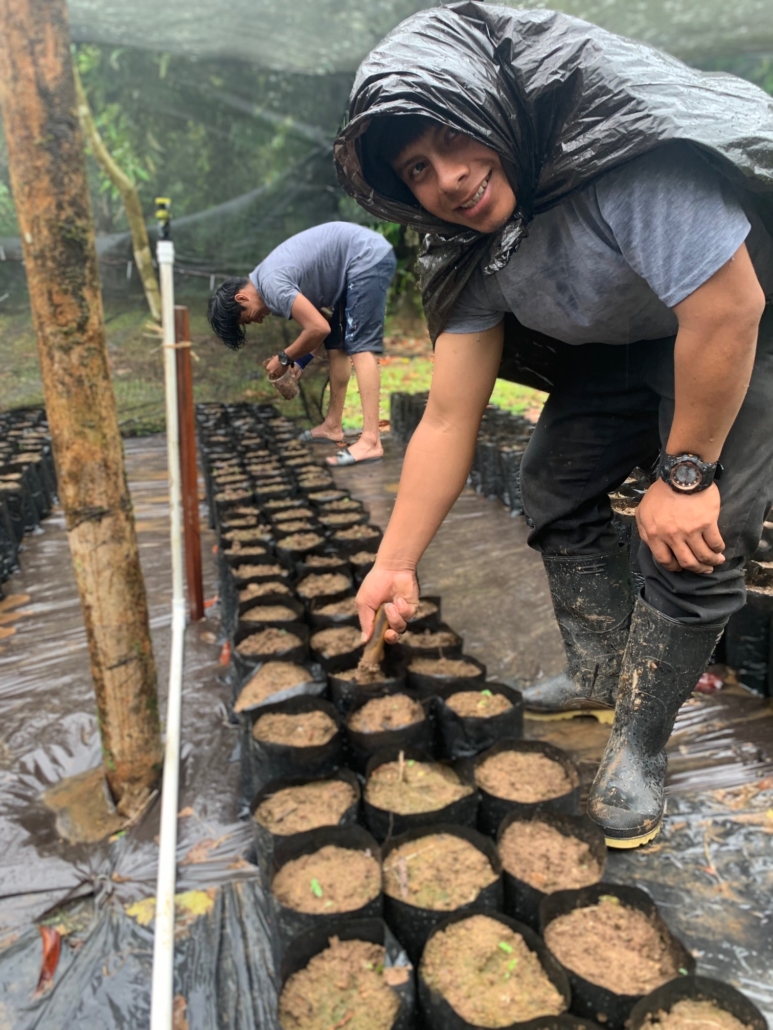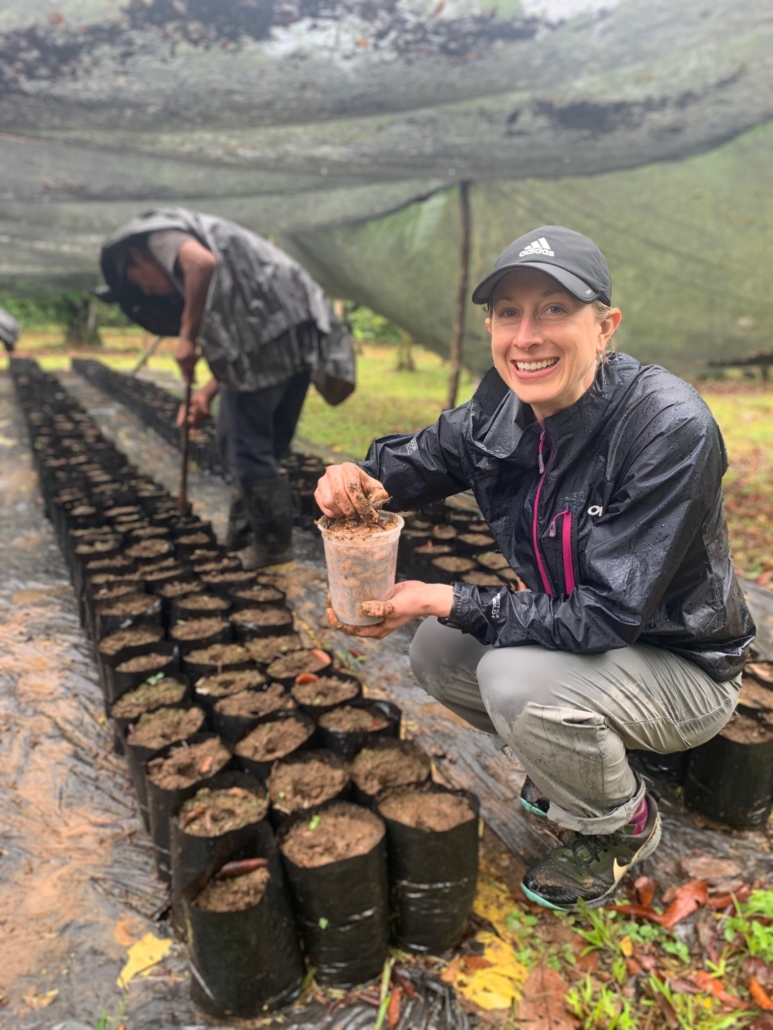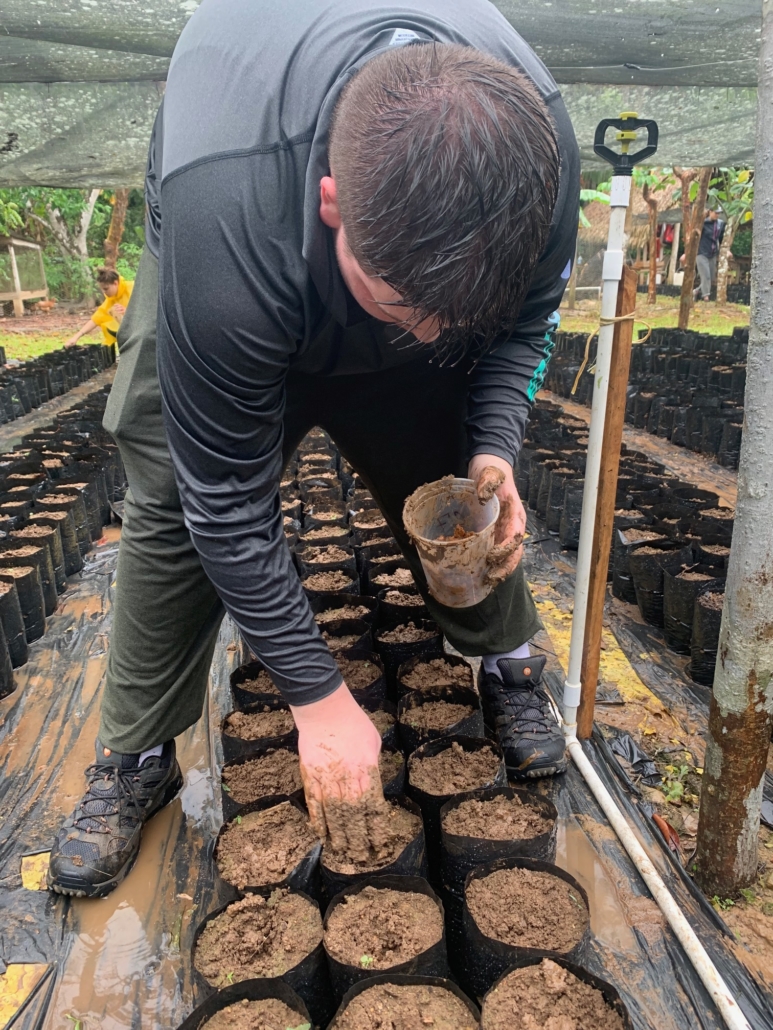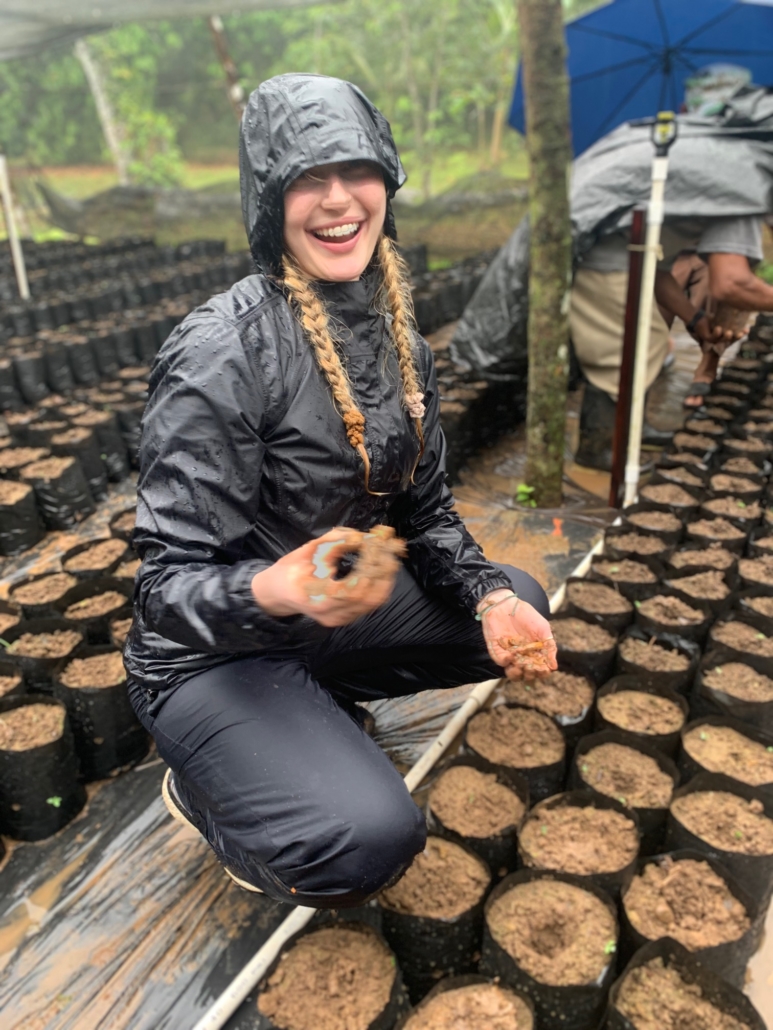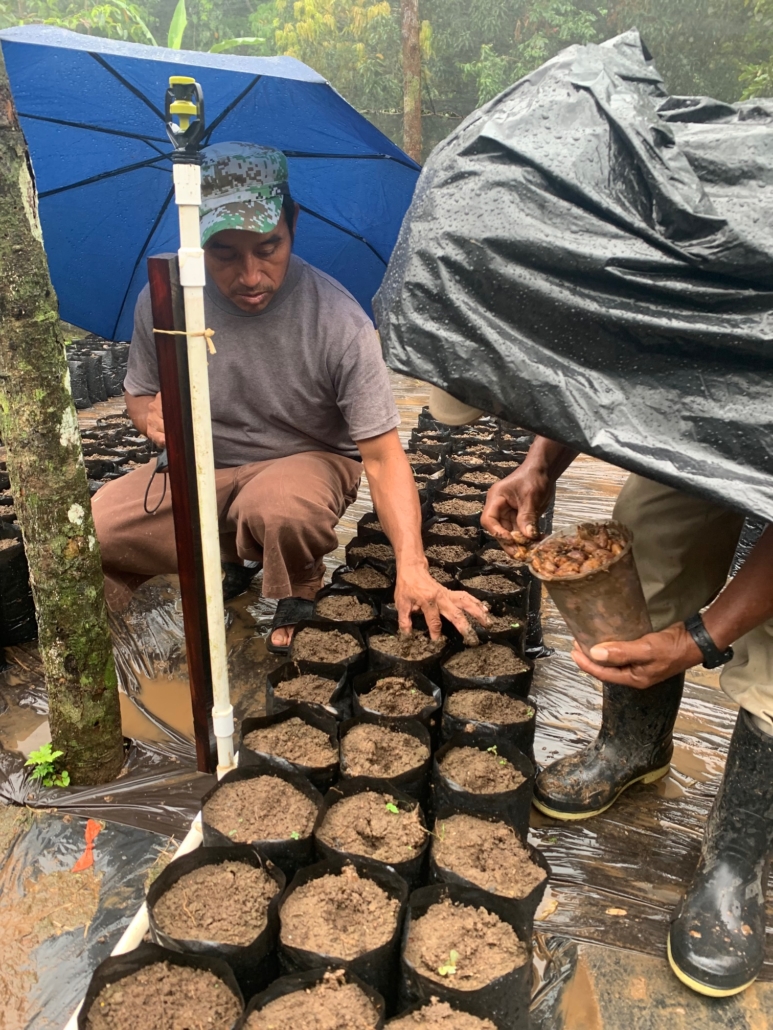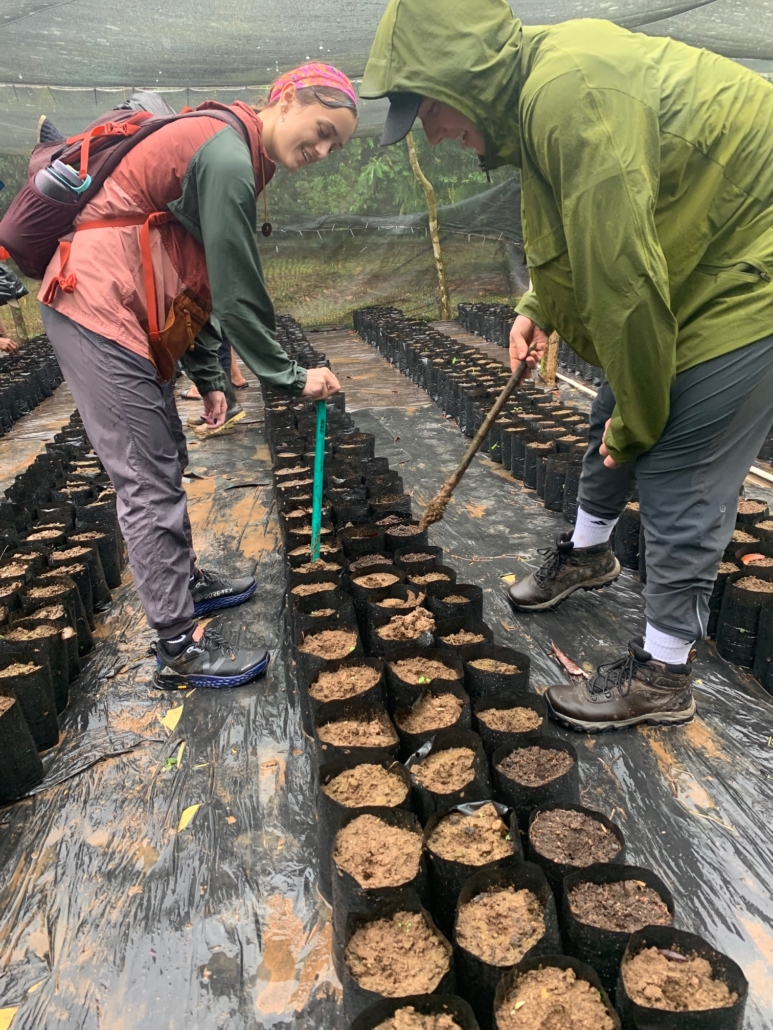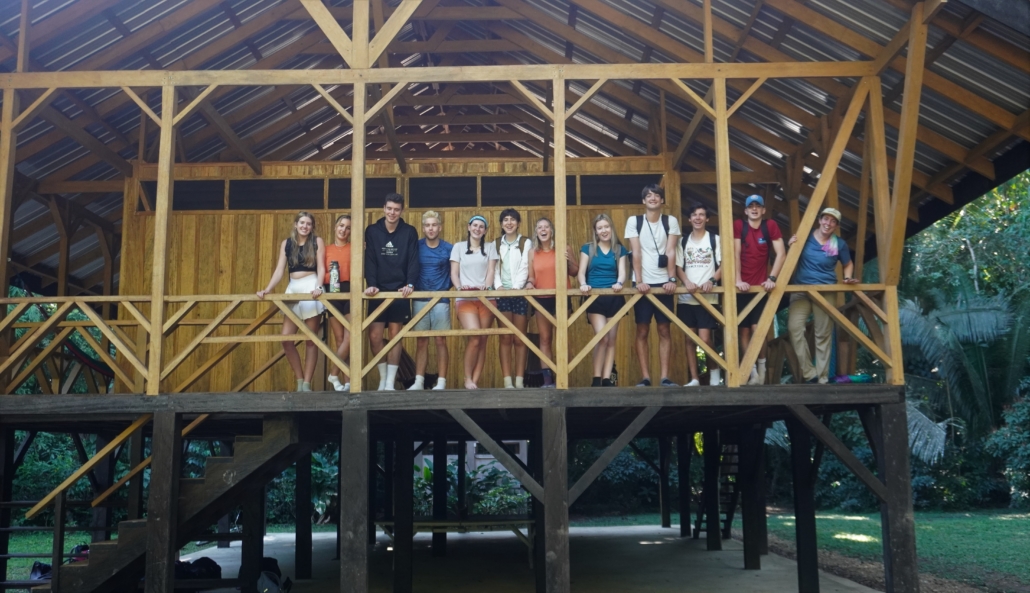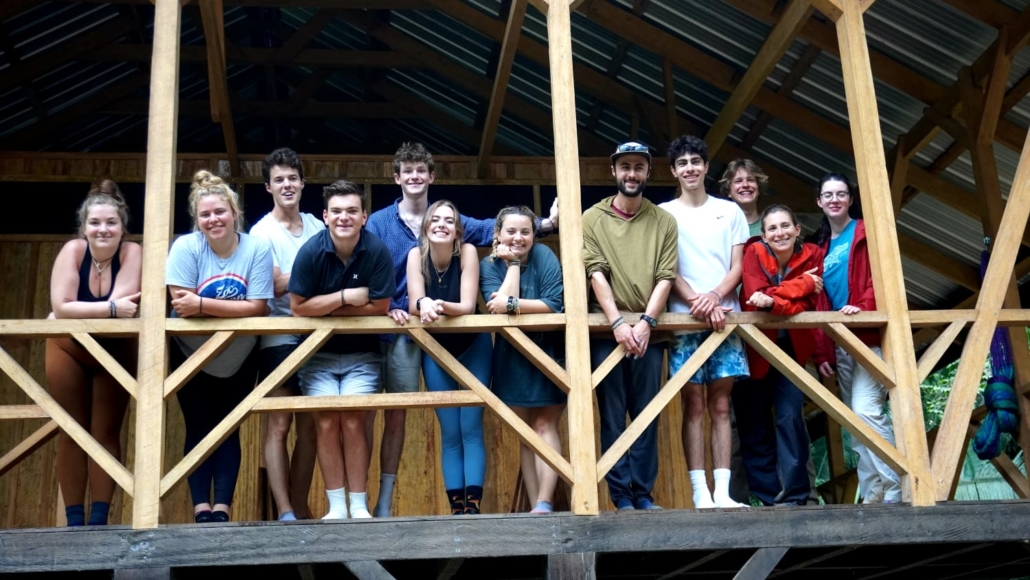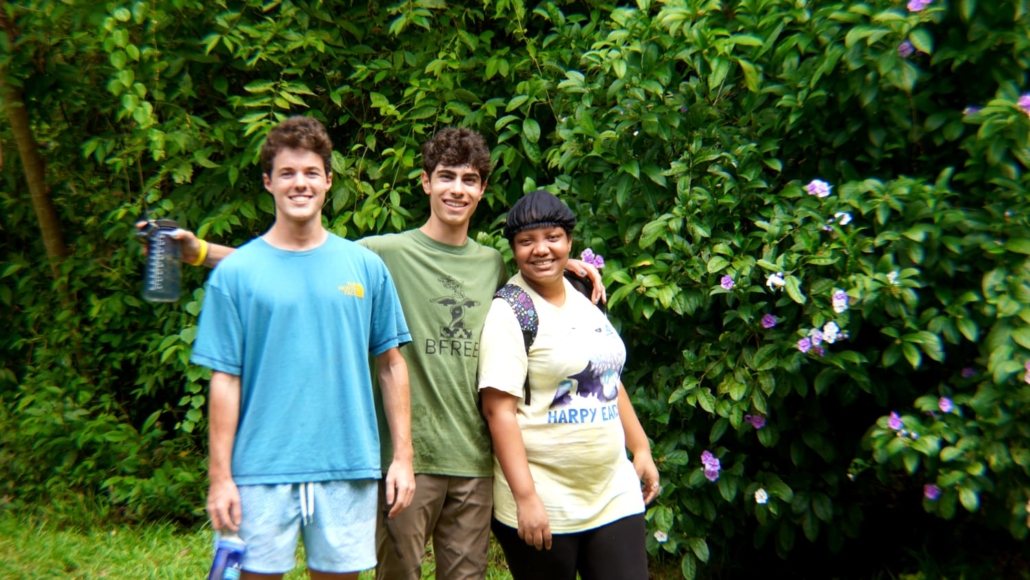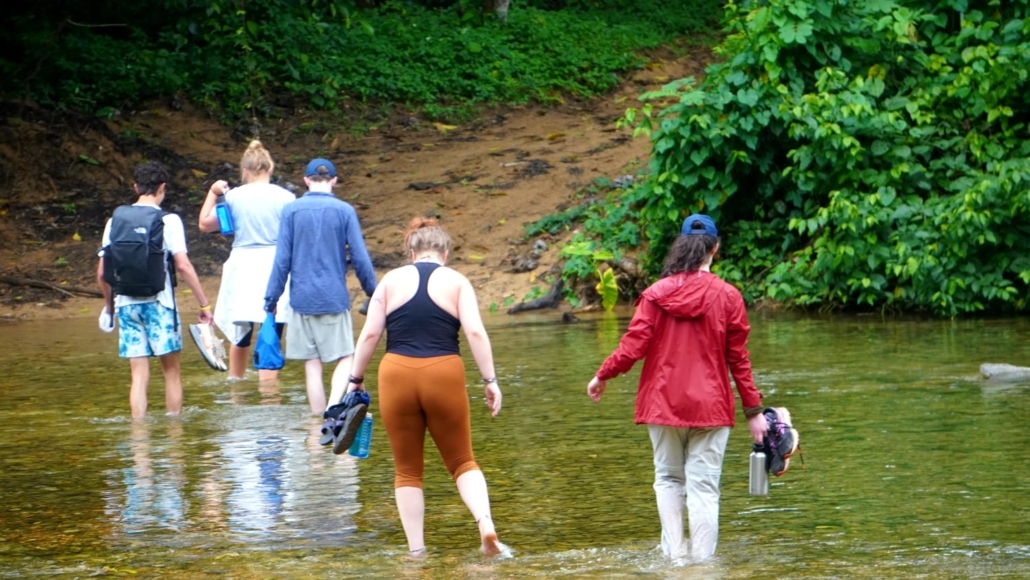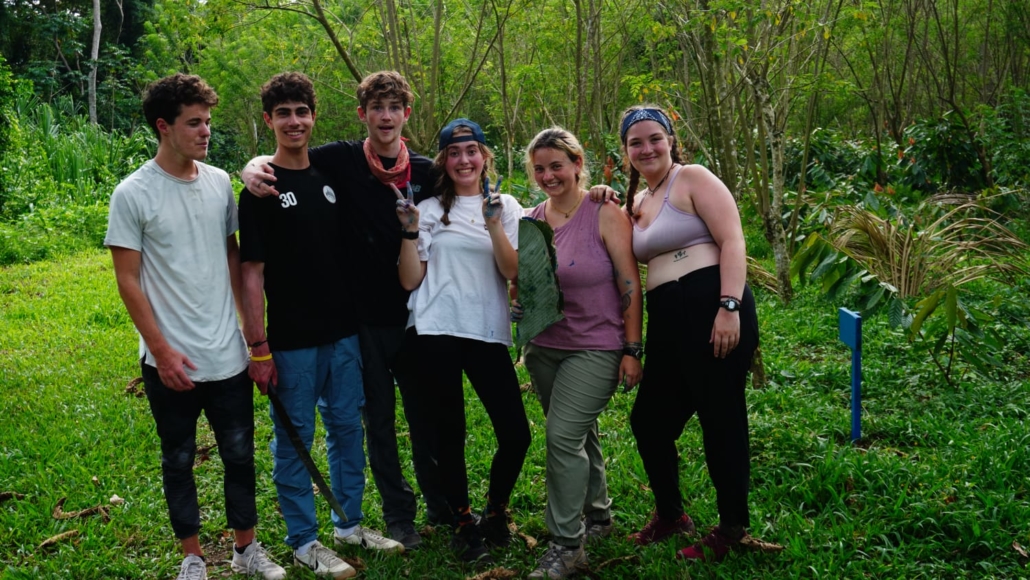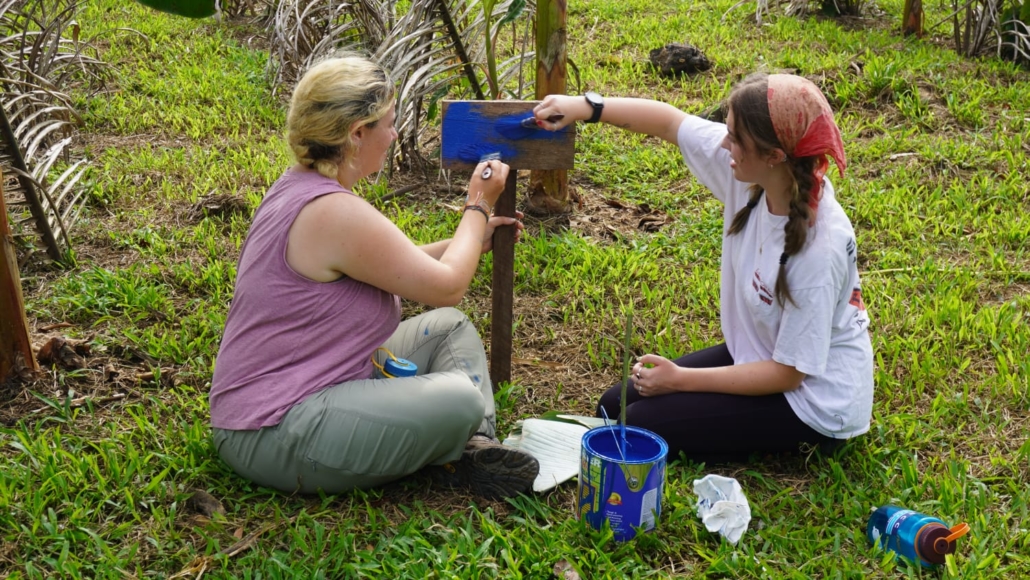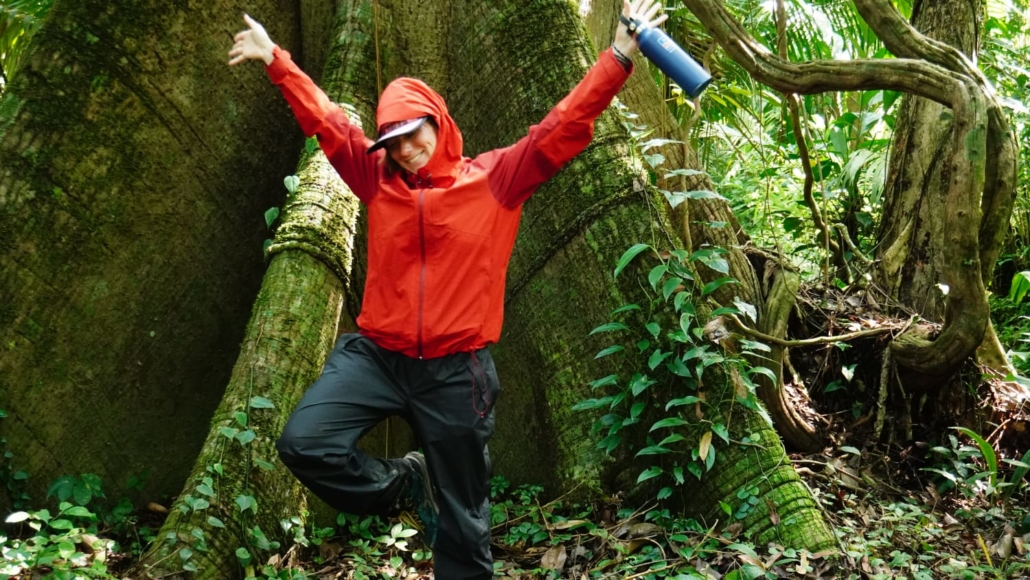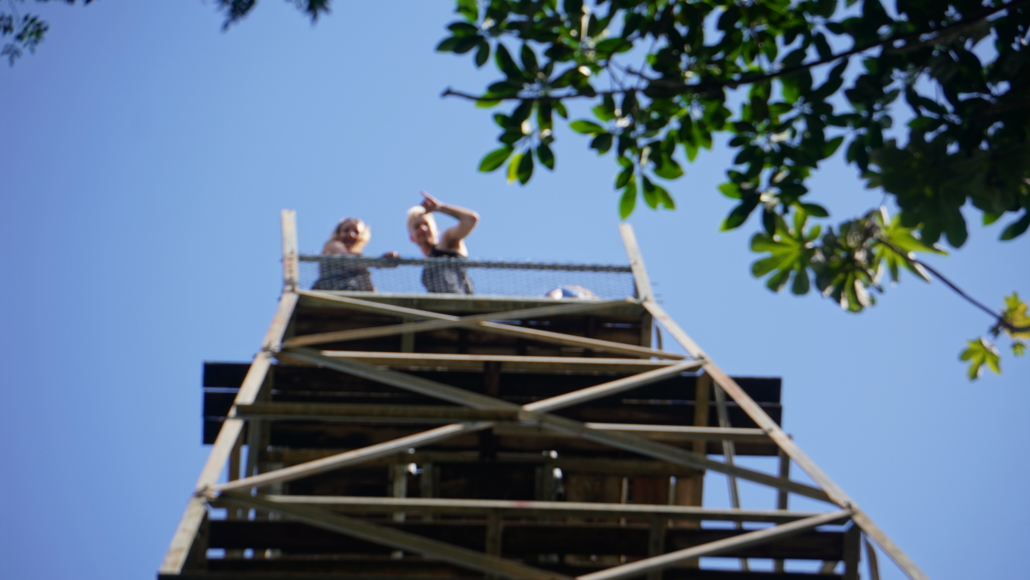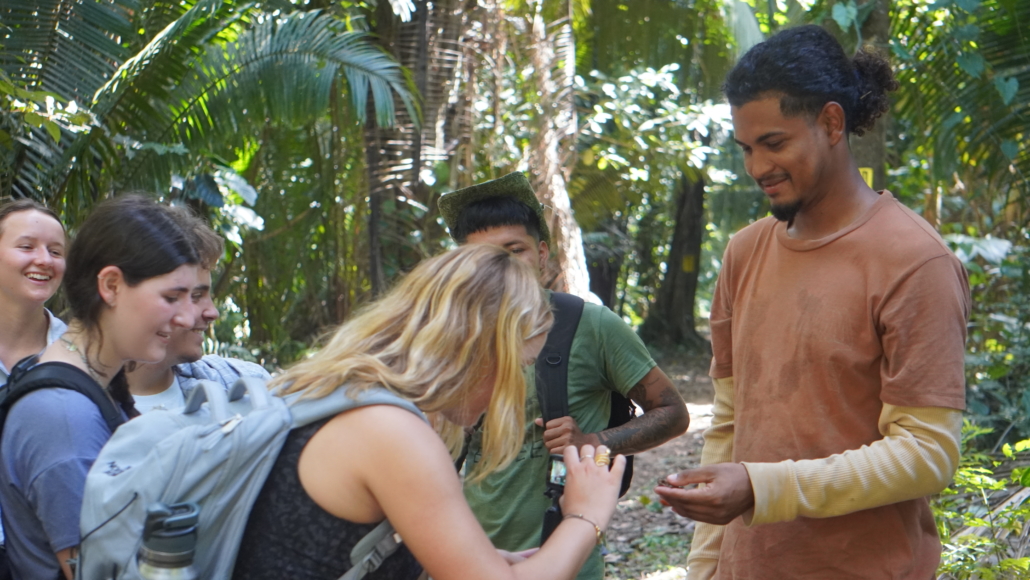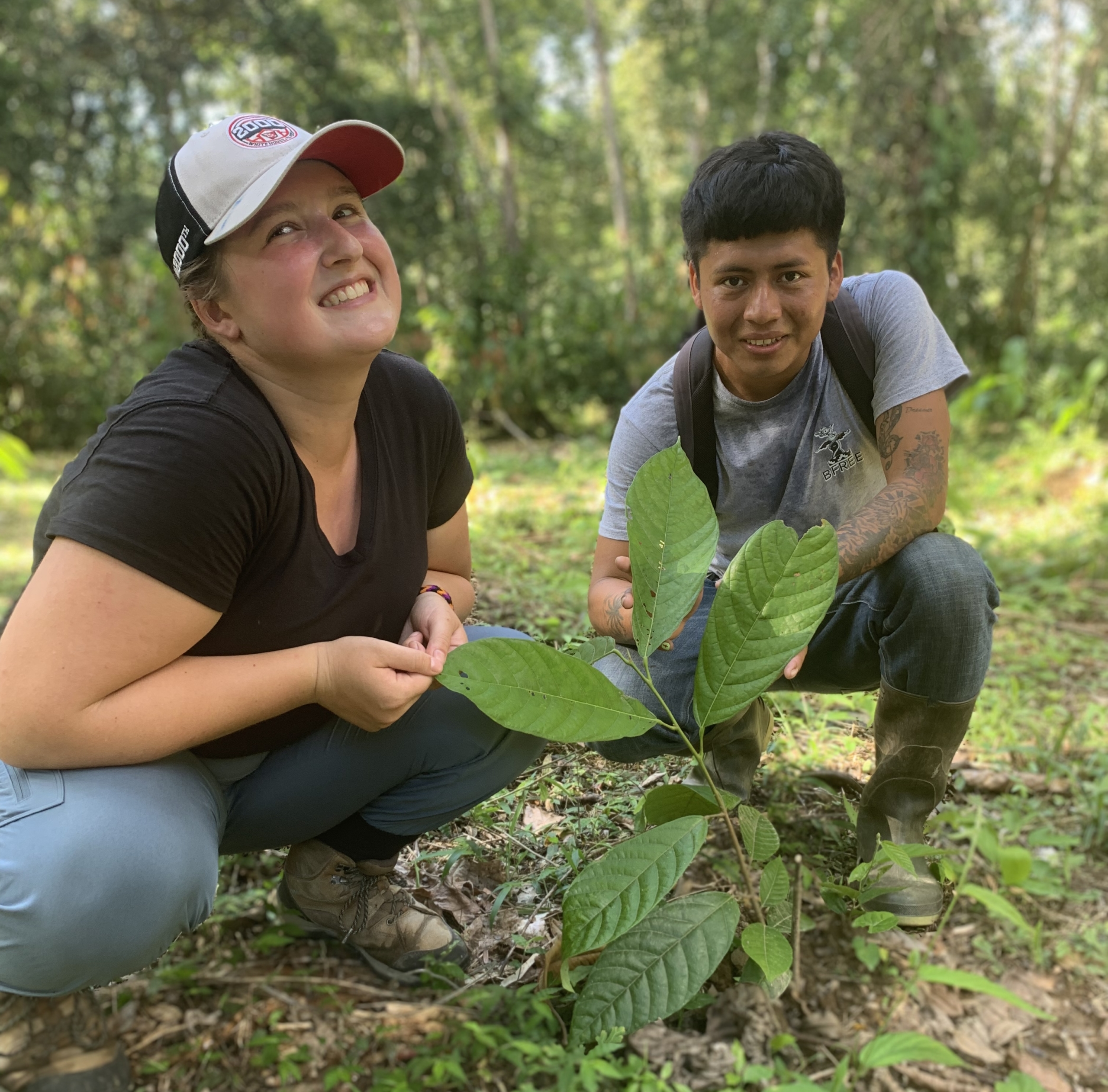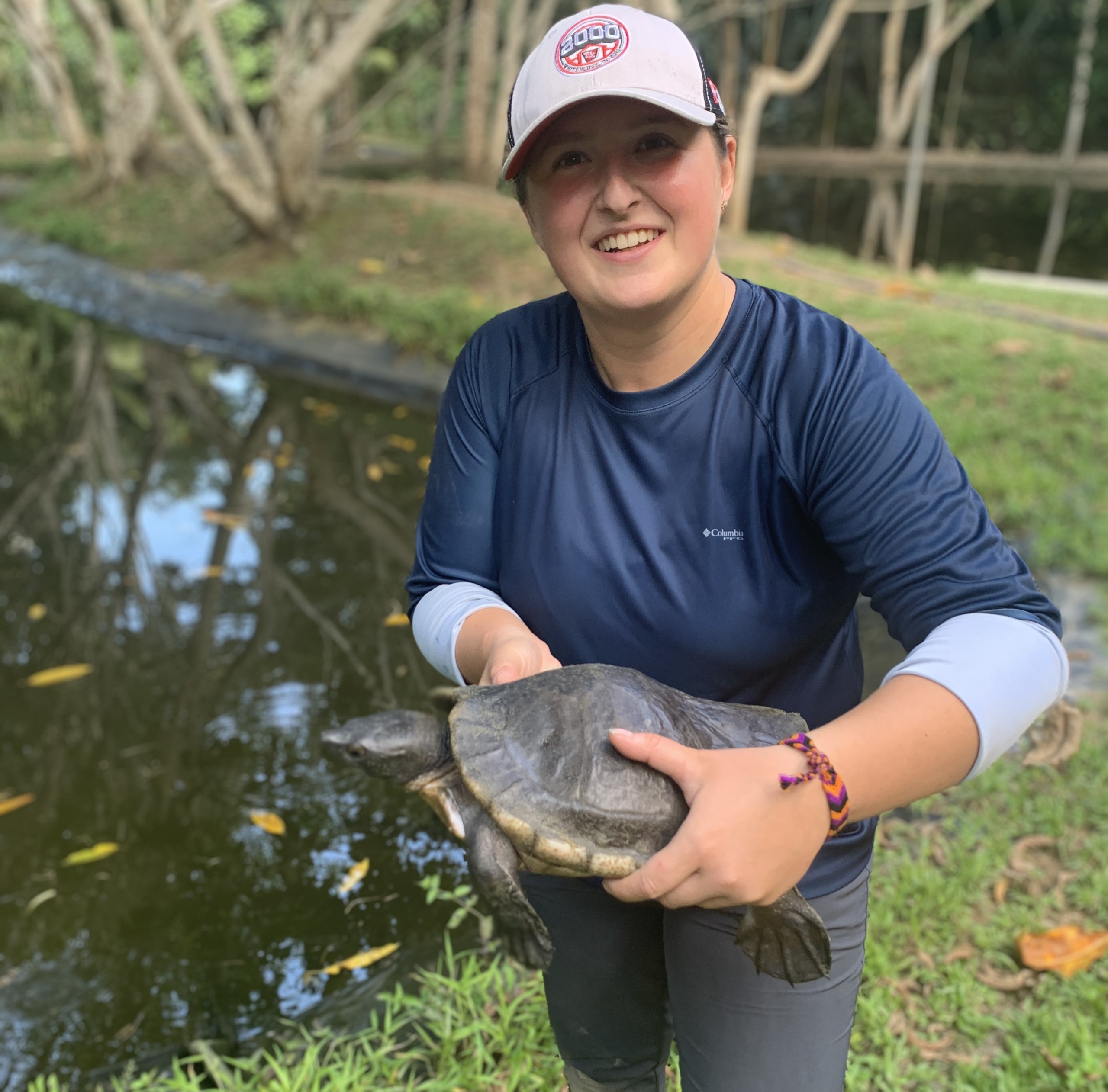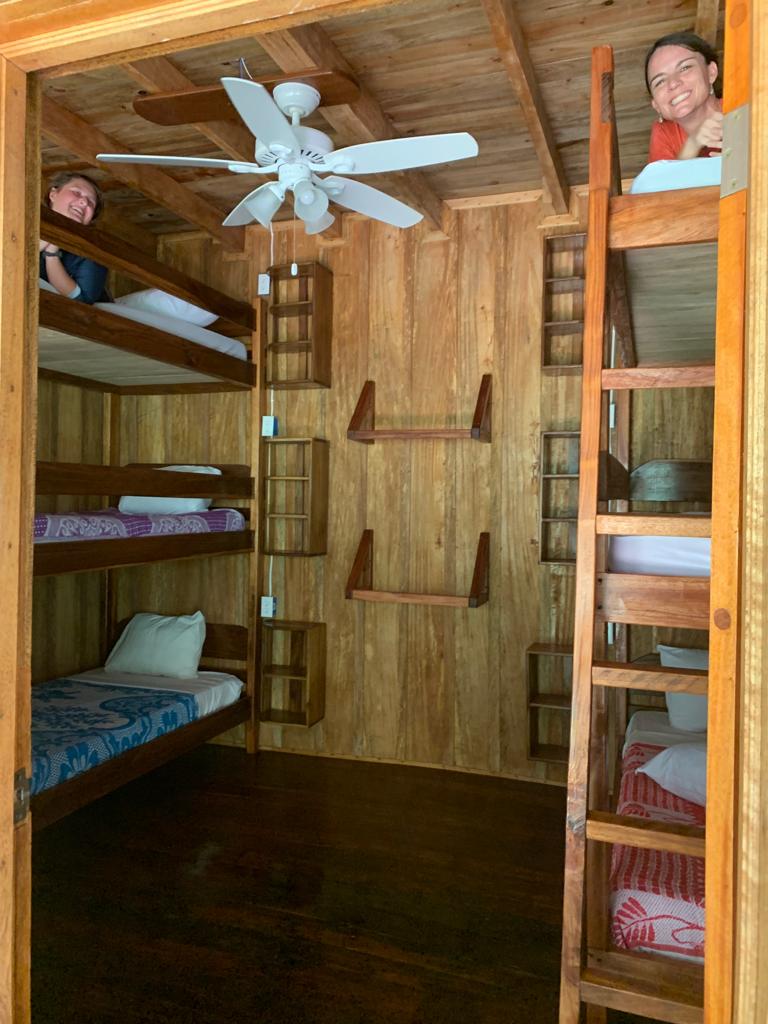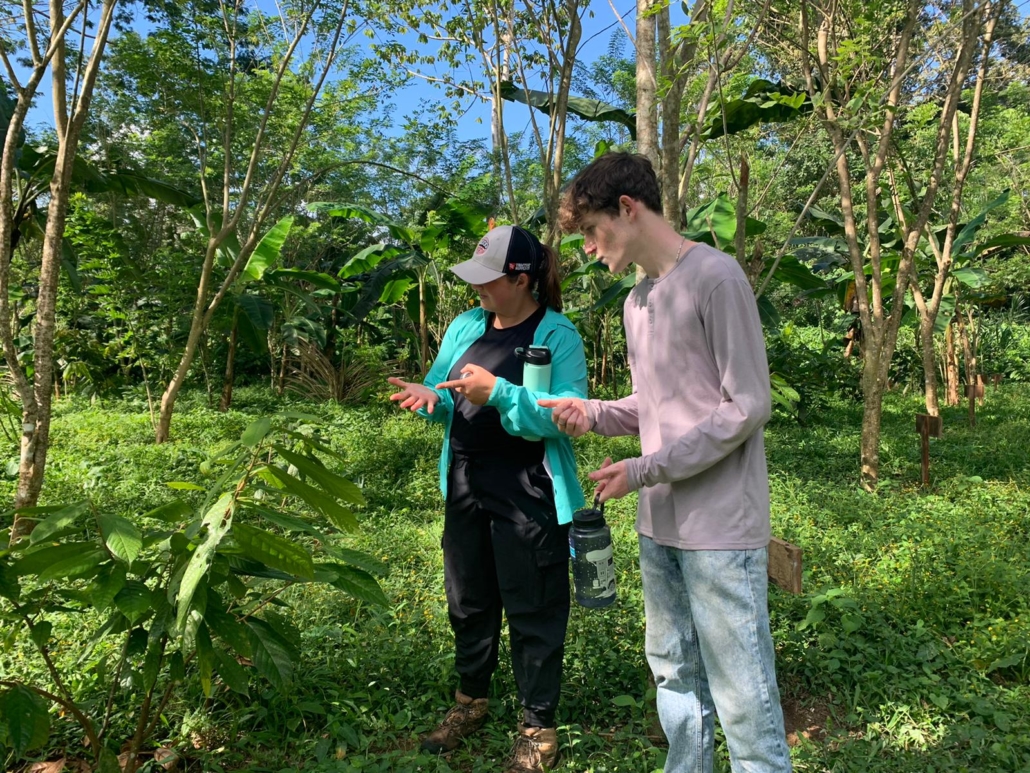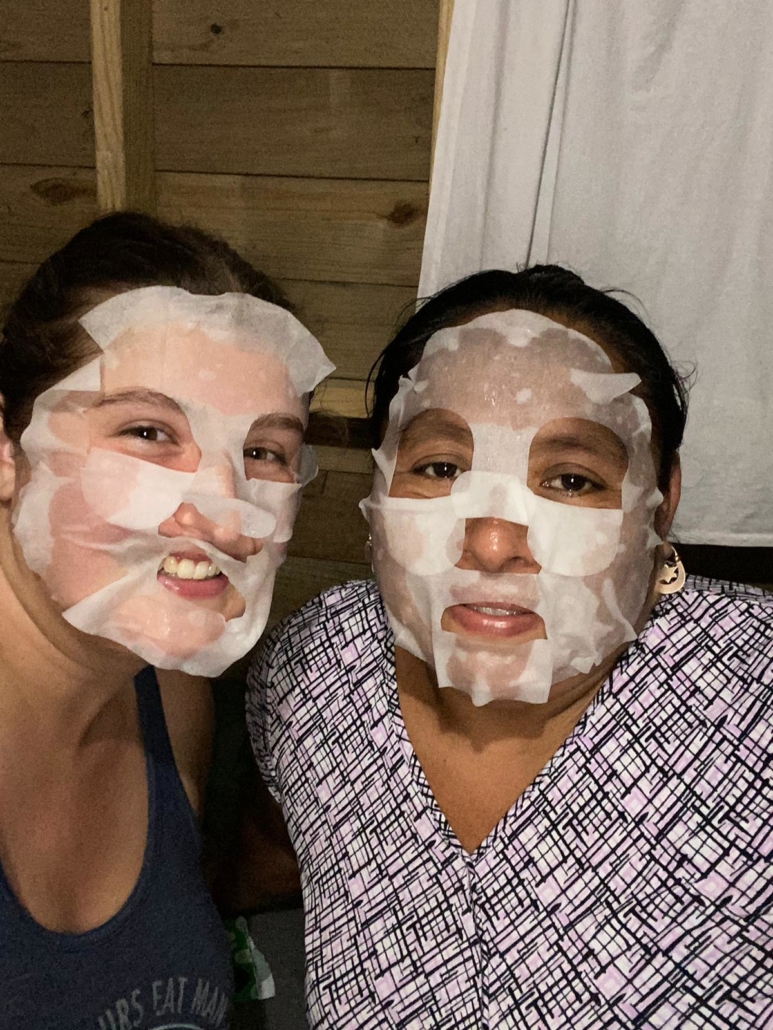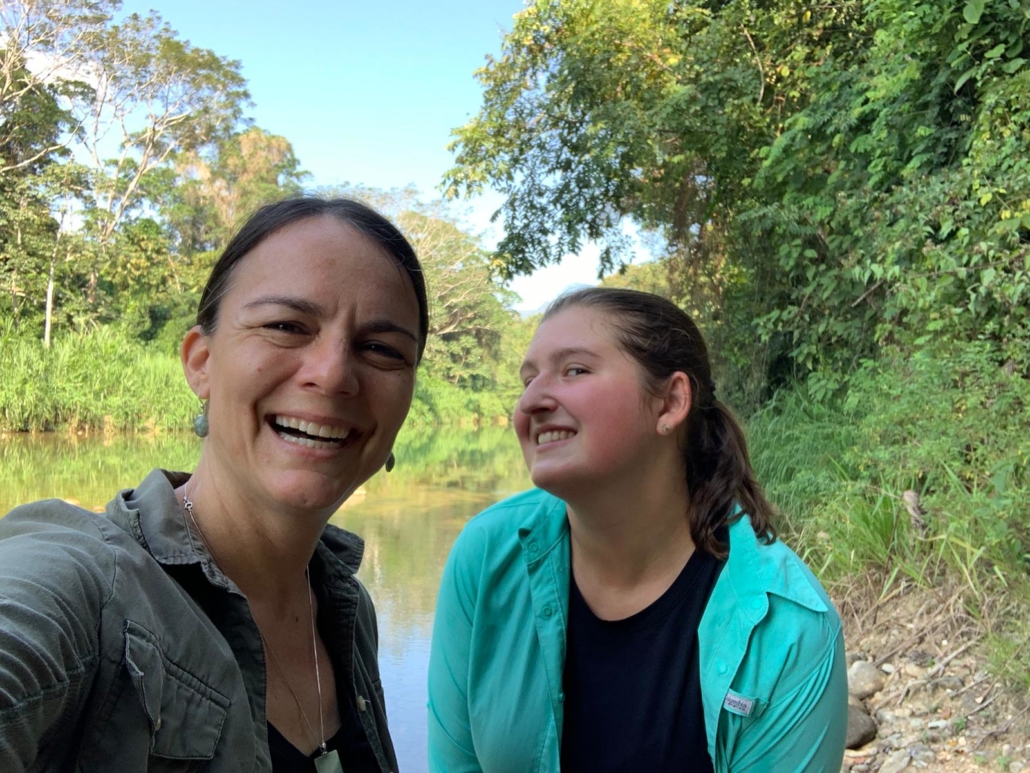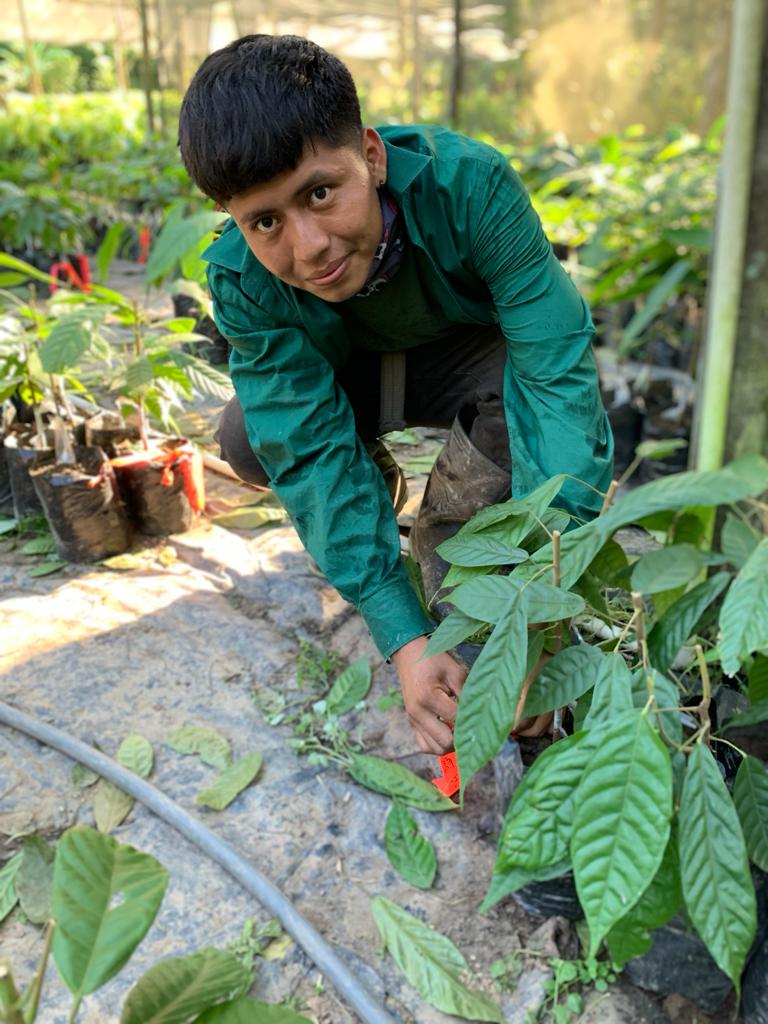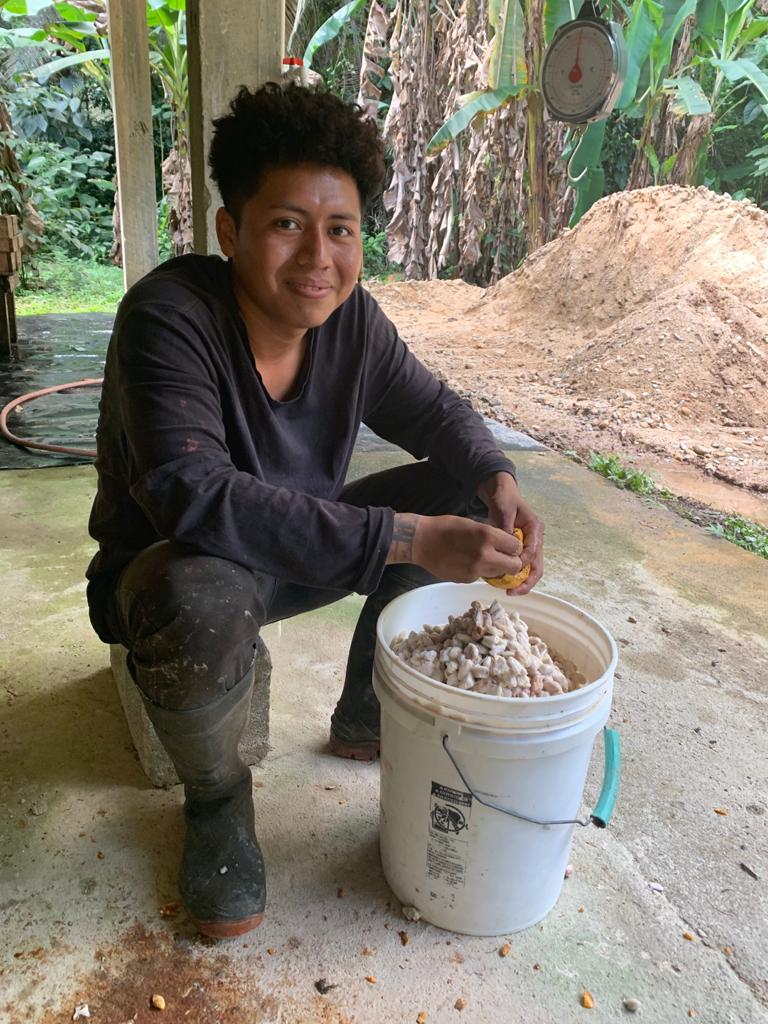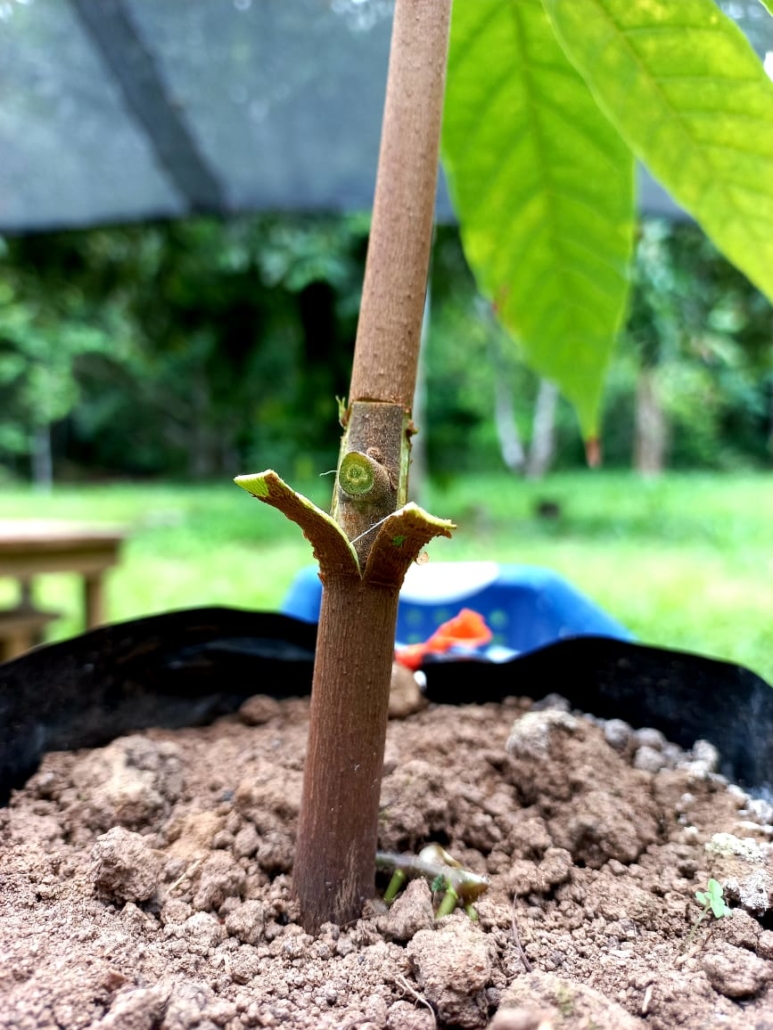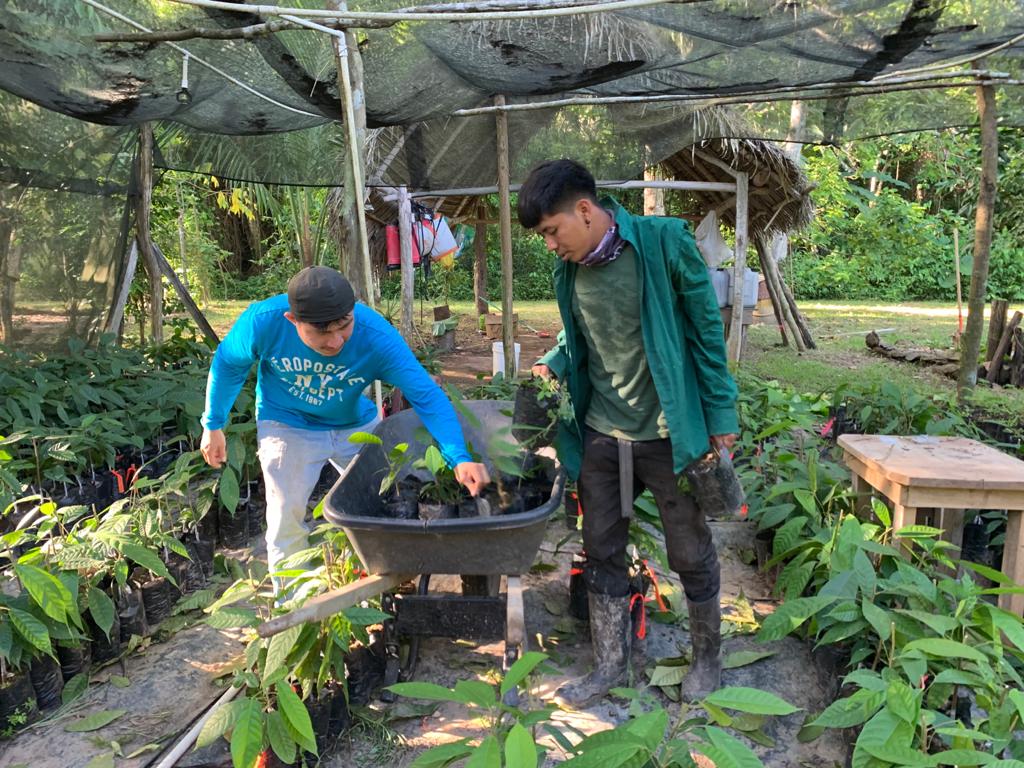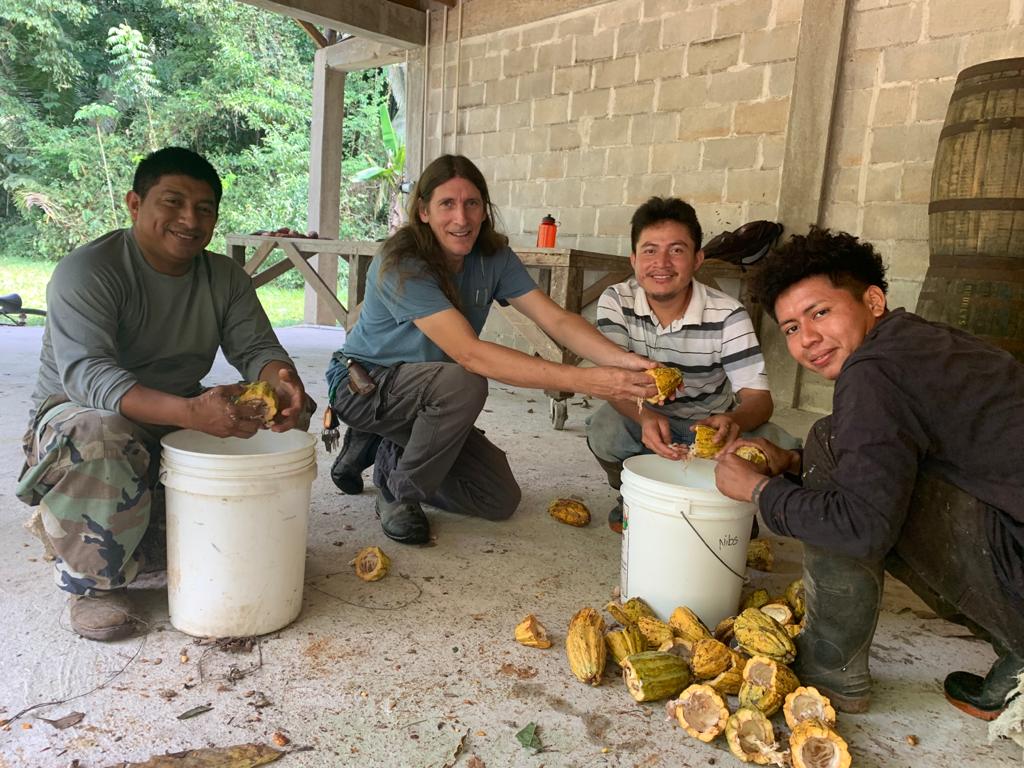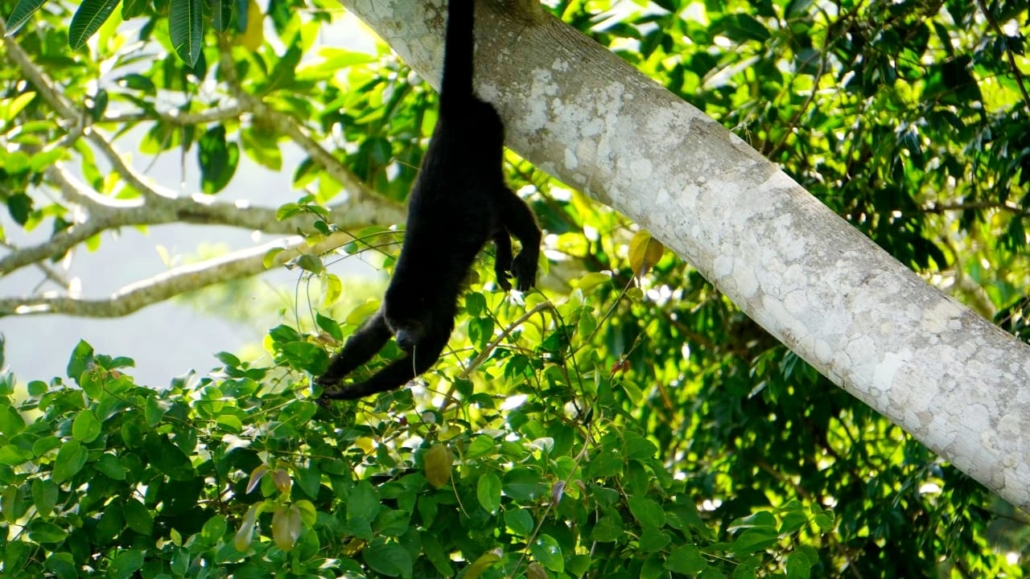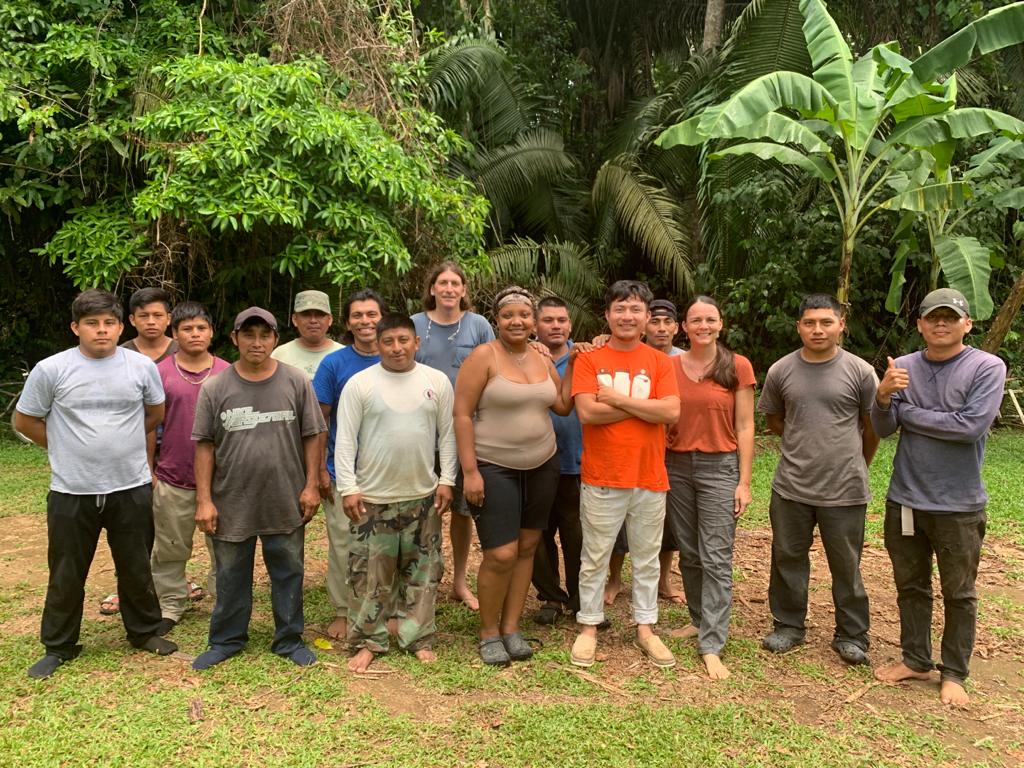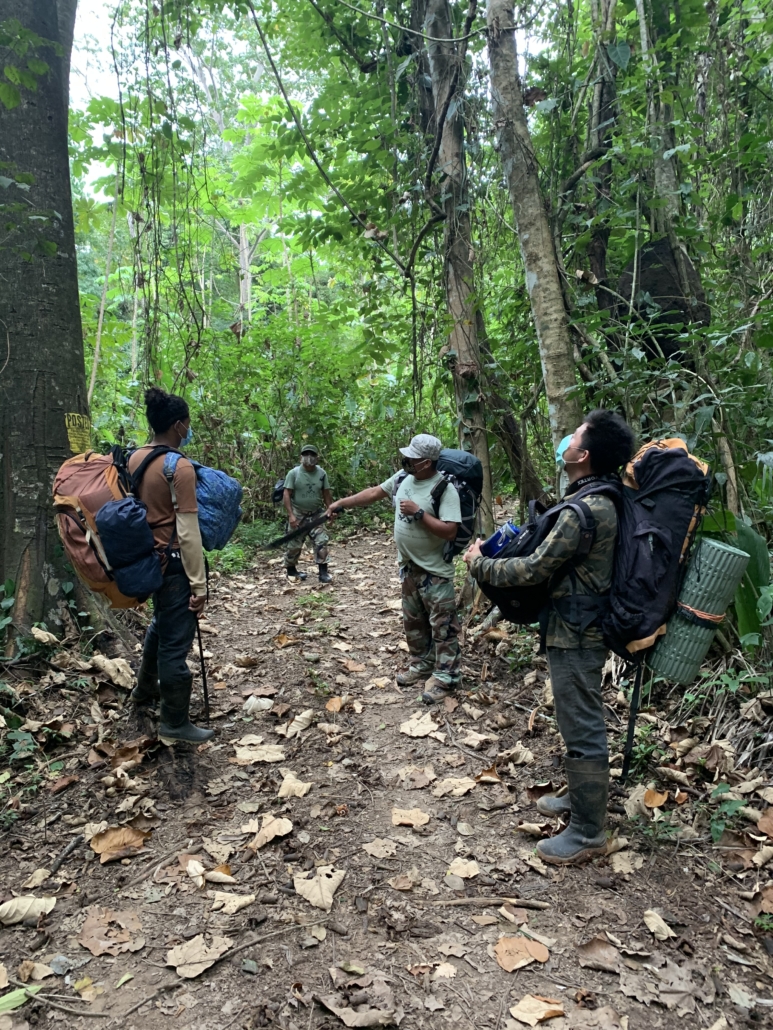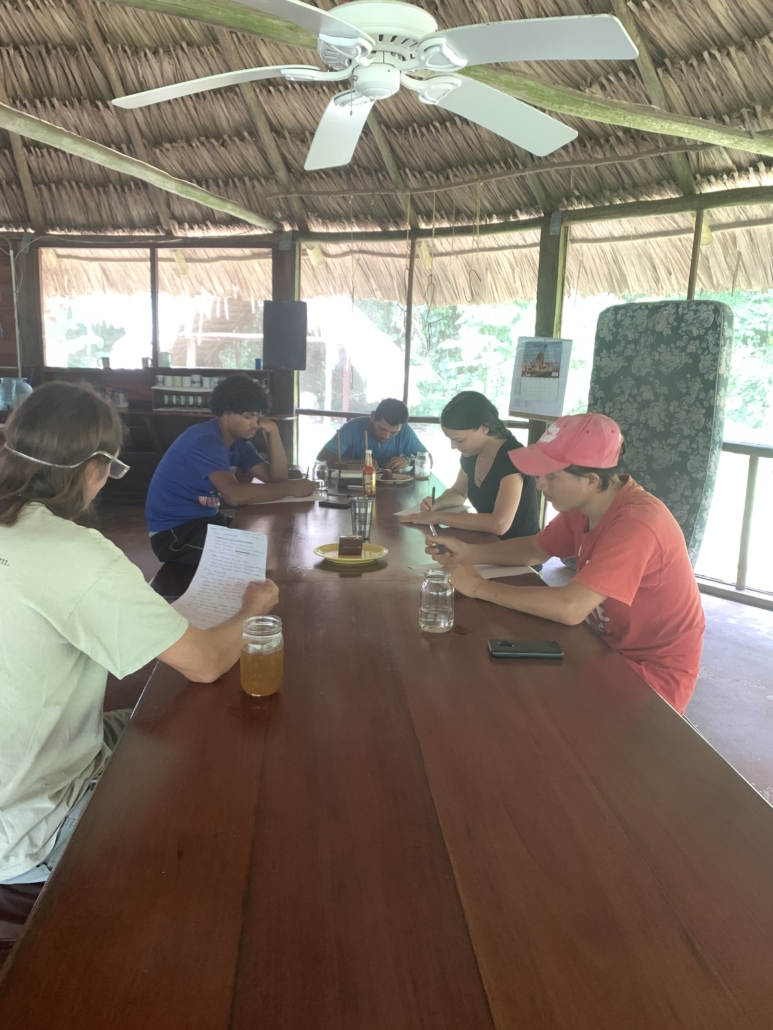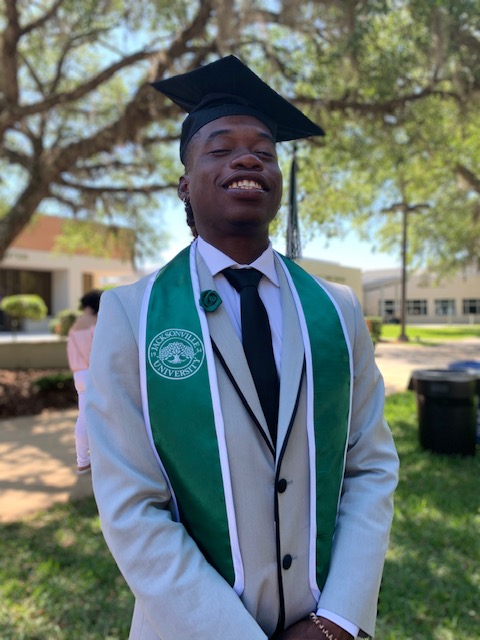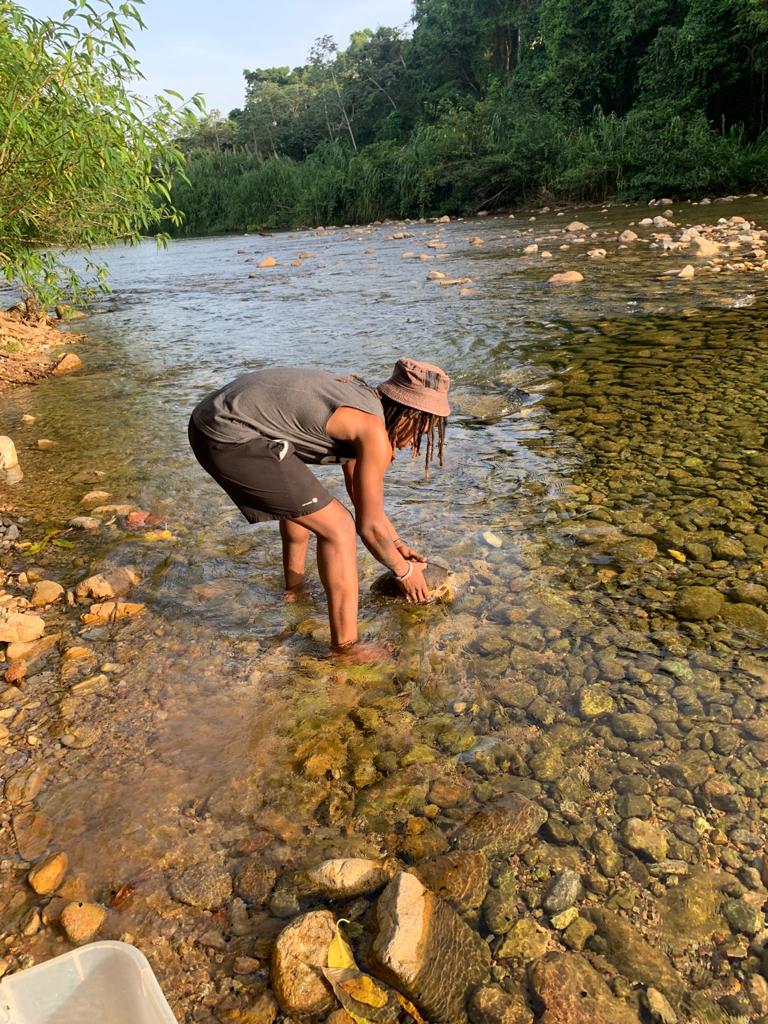Introducing Samih Young – BFREE Wildlife Education Fellow
By Samih Young and Heather Barrett
This month, Samih Young joined the team and is taking on a brand new role within the BFREE Science and Education Fellowship Program. She joins as the Wildlife Education Fellow and will be collaborating on outreach programming and communications while also supporting work taking place at the Hicatee Conservation and Research Center. She’ll be an important contributor to Hicatee Awareness Month as well as other educational programming taking place this year. Samih is currently completing the last semester in her associate’s degree at University of Belize and is an active member of the university’s Environmental Club.
Samih is jumping right in to work with BFREE. Currently, she is helping to organize an Earth Day event at University of Belize with Jaren Serano, Dermatemys Program Coordinator and Heather Barrett, Deputy Director. On April 25, the team will lead a workshop for students in the Environmental Club called, “Empowering Student Advocates: Turning Ideas into Conservation Action.”
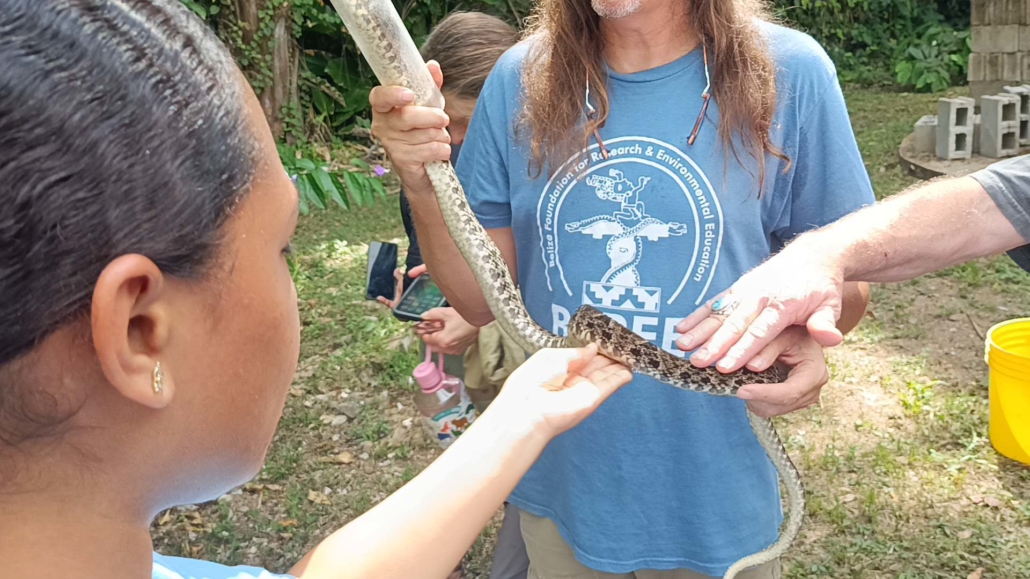
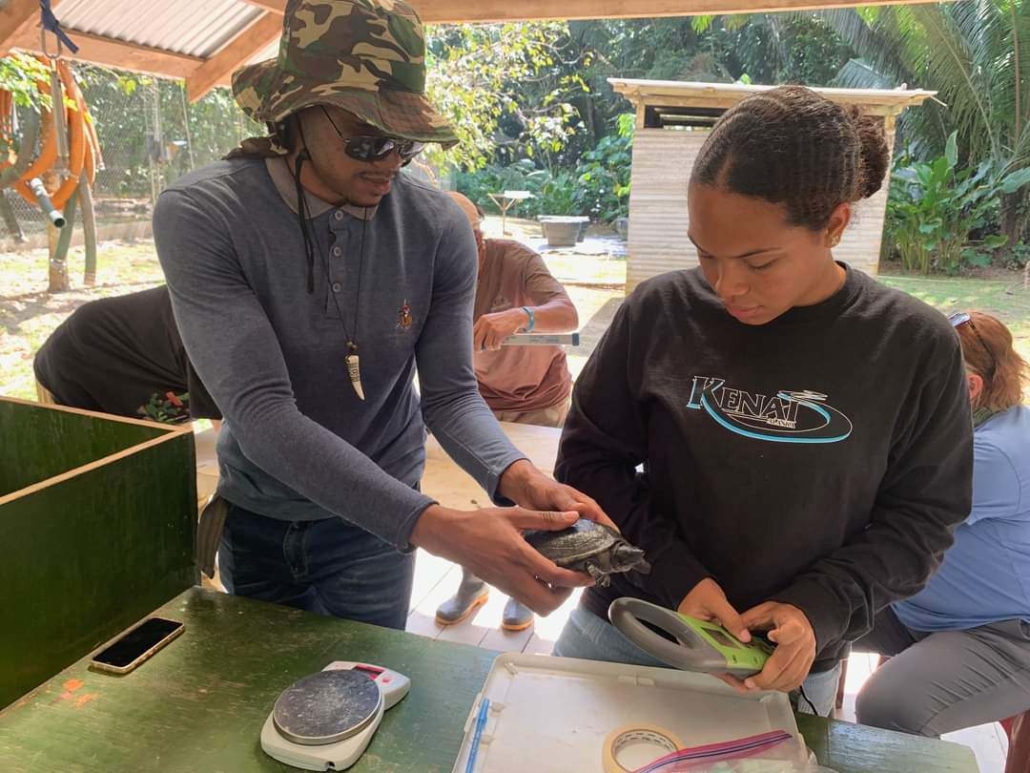
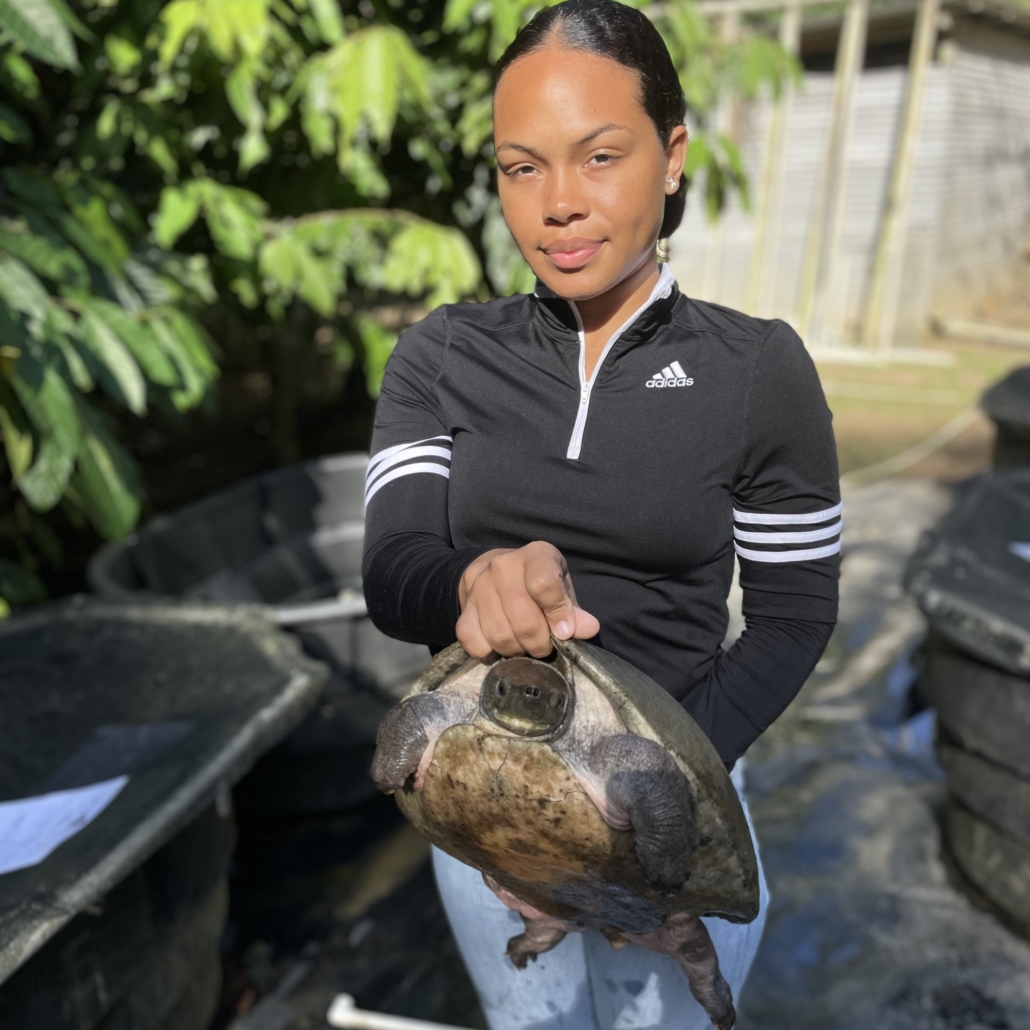
In her own words
Hi there! My name is Samih Young and I’m originally from Belize City, I spent my formative years soaking up the wonders of nature on the cayes, which ignited my passion for the environment. As a little girl, I dreamt of becoming a marine biologist, but my journey took a slight detour when I pursued my associate’s degree in Natural Resource Management. However, this decision opened my eyes to the beauty of terrestrial conservation, and I knew I had found my calling.
As someone deeply rooted in Belizean landscapes, I carry a profound appreciation for our country’s rich biodiversity and natural heritage. My upbringing in the coastal regions instilled in me a deep sense of responsibility towards protecting our environment for future generations. This connection to Belize’s ecosystems fuels my dedication to conservation efforts, and I am eager to channel this passion into meaningful action at BFREE.
Nature has always been my sanctuary, evoking a sense of belonging unlike anything else – well, except for music, which holds a special place in my heart. My recent experience assisting the team at BFREE with the annual Hicatee Health Assessment was truly inspiring. Surrounded by individuals from diverse backgrounds, we shared a common mission: ensuring the well-being of the remarkable hicatee. Witnessing such dedication reaffirmed my commitment to conservation. It was not only the hicatee turtles that made me fall in love with the place but the level of biodiversity the reserve has. My first morning at the reserve I was awakened by the calls of howler monkeys, a symphony of nature that stirred my soul. Sitting on the edge of my bed, I savored every moment, eagerly anticipating the dawn of the next day amidst such natural splendor.
Growing up in the city, I often felt like an outlier in my passion for the environment. But witnessing the global effort to safeguard the hicatee at BFREE filled me with hope and determination. I know BFREE is the right place for me because being there made me fall in love with a species that I was only seeing for the first time. I’m enthusiastic about potentially making a long lasting positive change and I am thrilled at the prospect of learning from and collaborating with this dynamic team at BFREE.
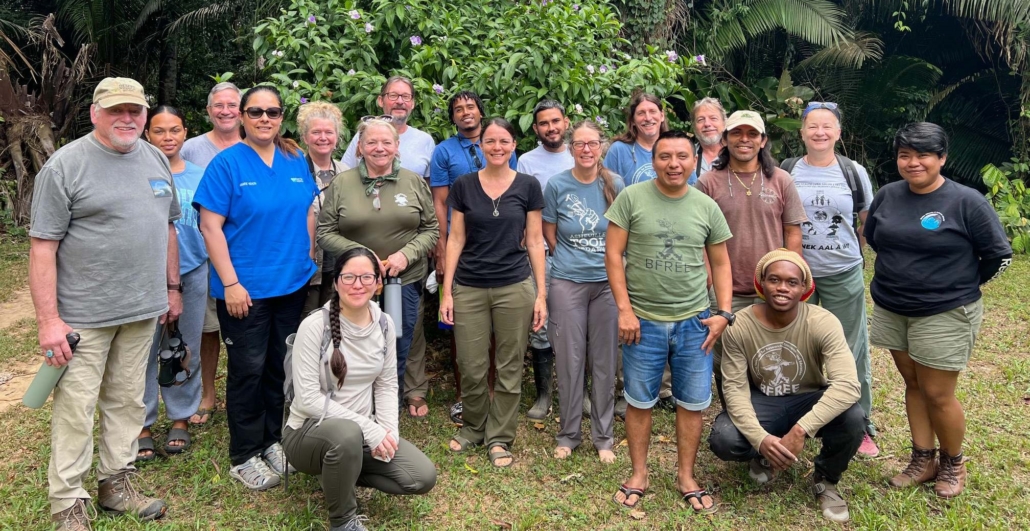
Special Thanks
The BFREE Science and Education Fellowship Program exists thanks to the support of partners and individuals who believe in the importance of providing work-training opportunities to young professionals aspiring to have a career in conservation. Thanks in particular to Zoo New England for providing funding for this new and critical position.
Pictures provided by Jaren Serano, Abraham Alvarez, and Heather Barrett.

